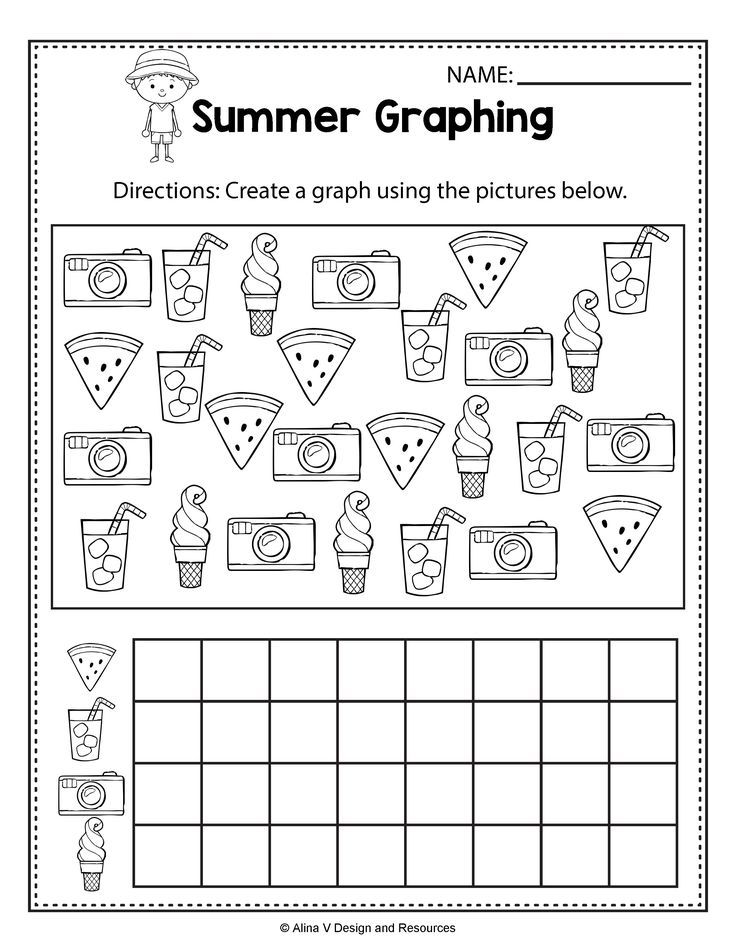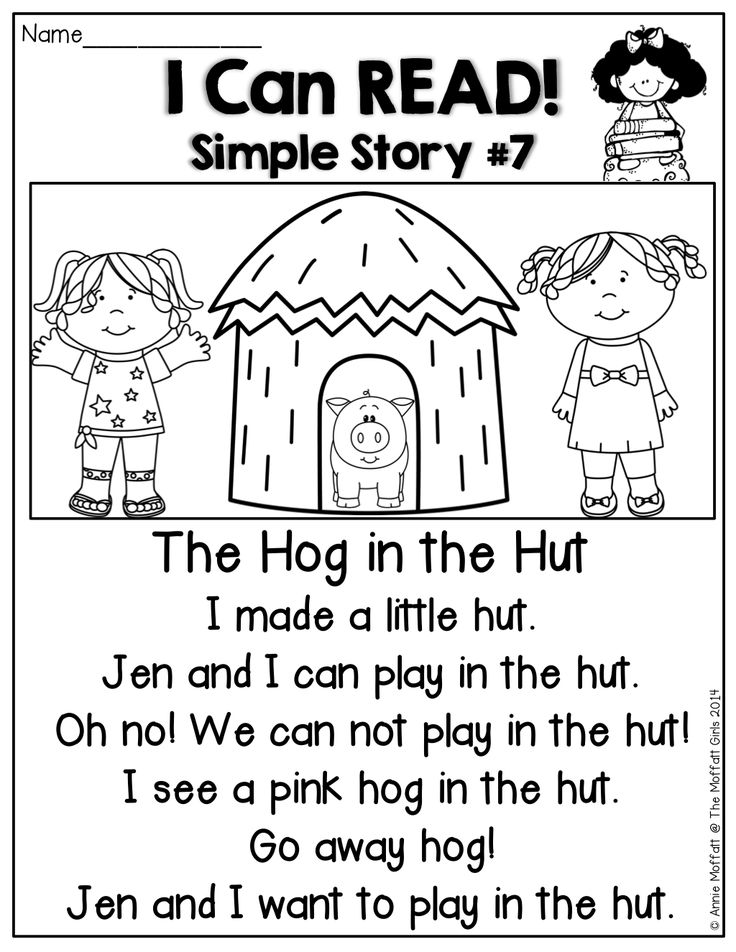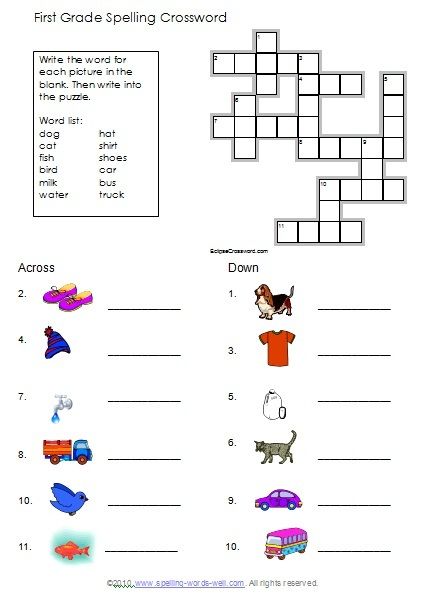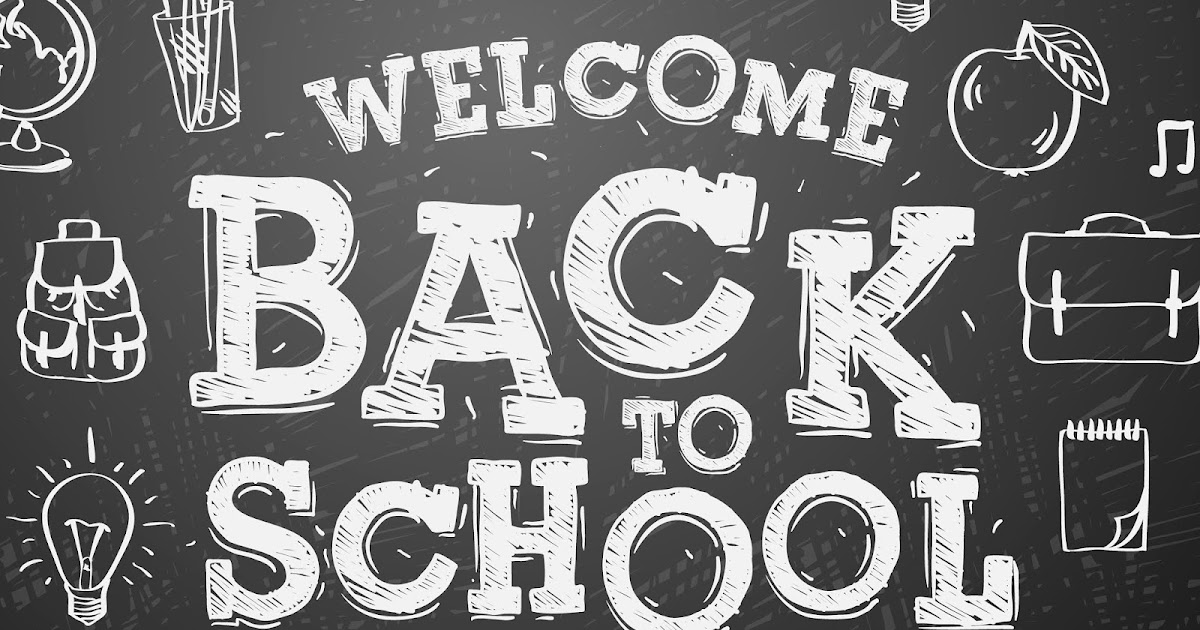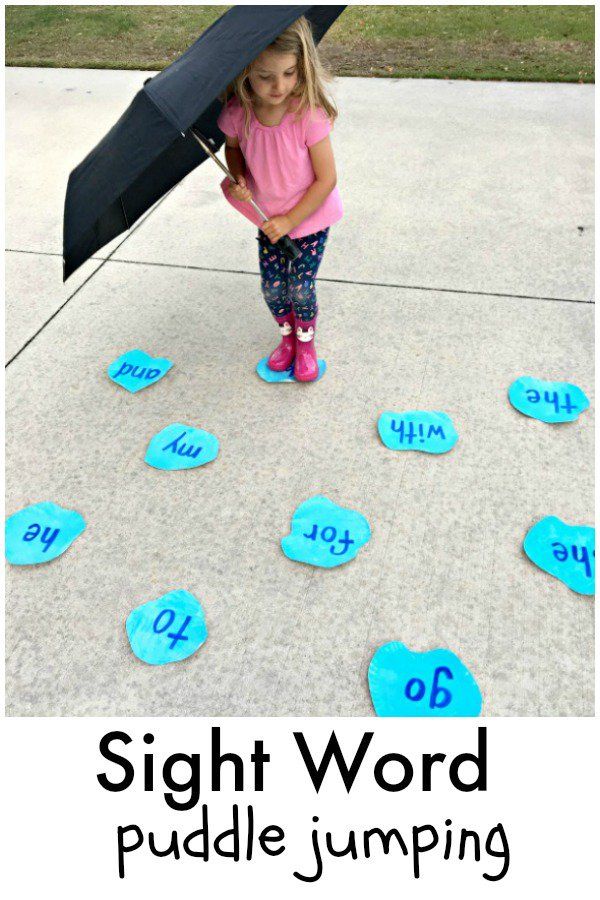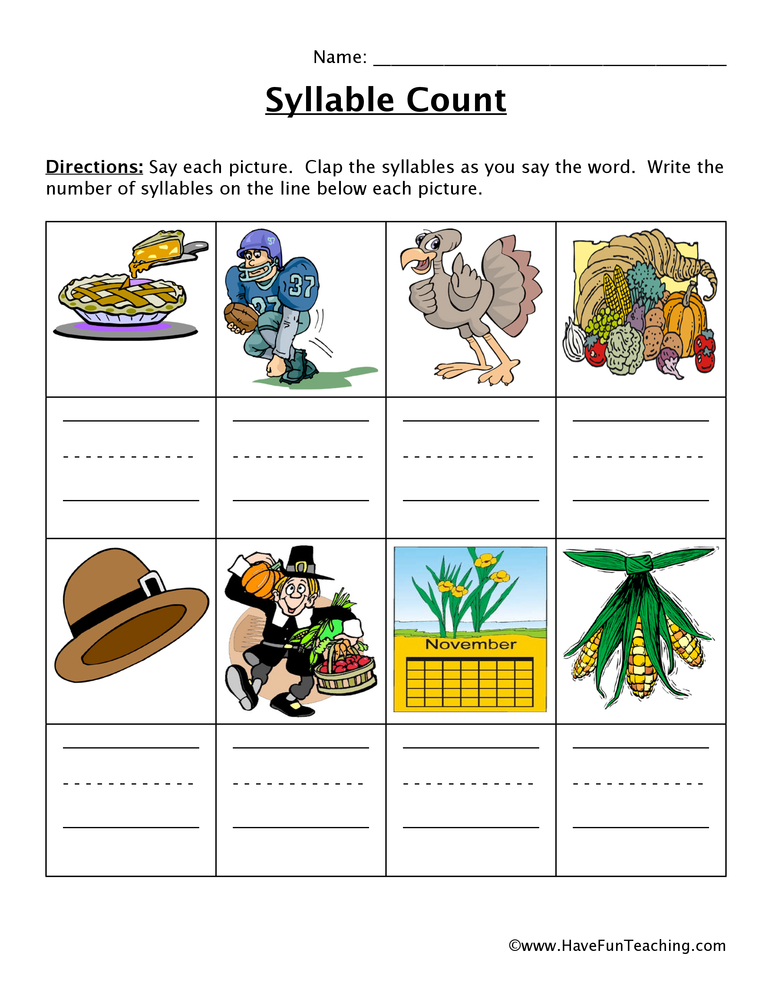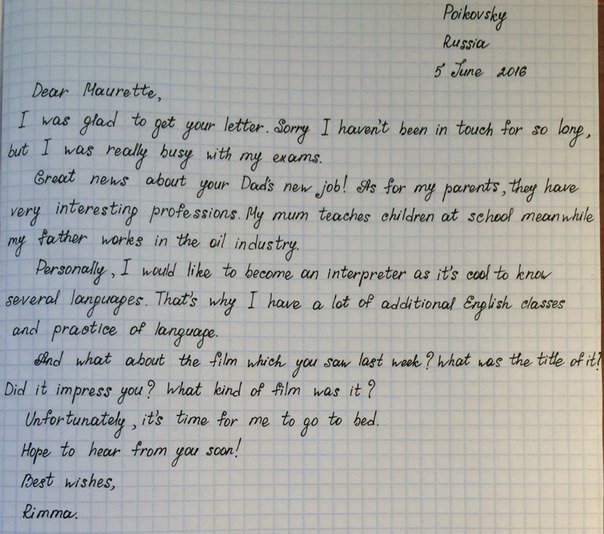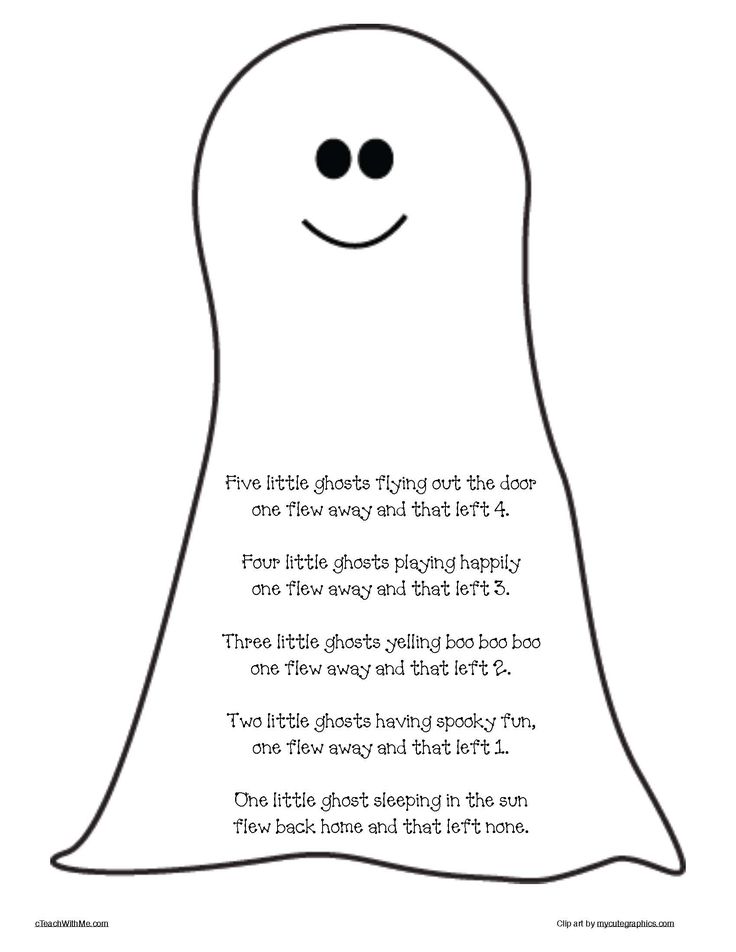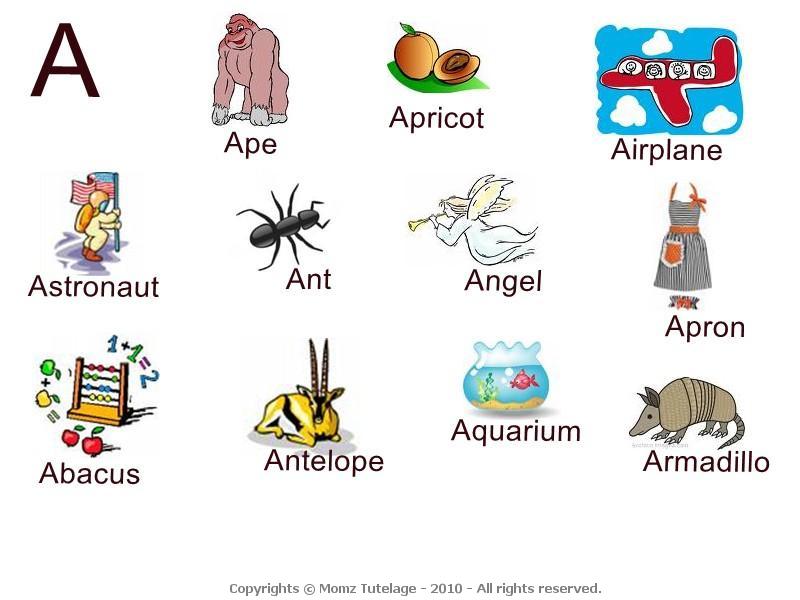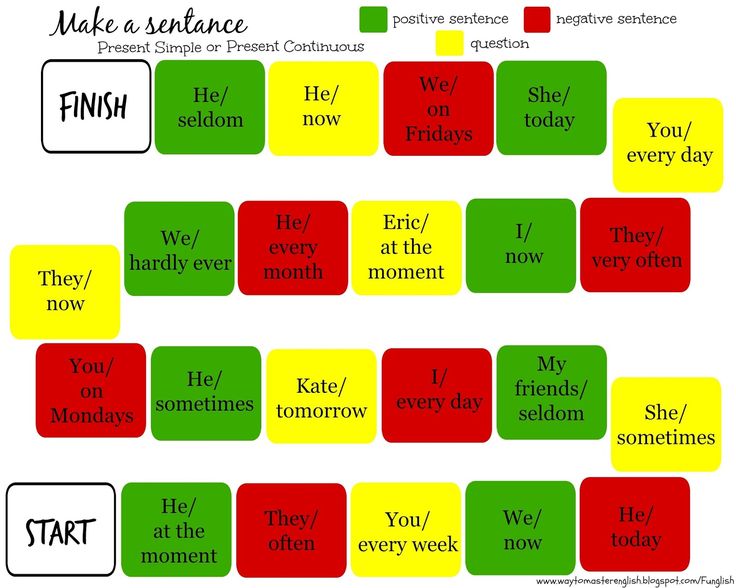Toddler letter recognition
Alphabet Recognition Tips for Preschool
Alphabet recognition is a crucial skill for toddlers and preschoolers to learn, and it serves as the foundation of reading and writing. This post explores the typical developmental curve for alphabet recognition and provides fun, age-appropriate, low-cost ways for your child to master this skill.
Toddlers
If your child is 2 to 3 years old, he or she may sing the alphabet song — but can’t yet identify letters. About 20 percent of children can recognize a few letters by age 3, often the letter that starts his or her own first name as well as other letters contained within the name. You may also notice that some of your child’s scribbles are starting to look like letters, especially the first letter of his or her name.
To help your child gain competency, encourage the singing of the alphabet song and look through books together that share information about letters. Consider providing your child with magnetic letters and other play materials that encourage learning of the alphabet. PBS.org provides more information about child development in this arena, while Teaching2and3YearOlds.com provides suggestions for fun ways to encourage toddlers to learn the alphabet.
Preschoolers
By the time children are an older 4, 60 percent know more than half of uppercase letters and five to 10 lowercase ones. About 30 percent can recognize all letters, both upper and lower. Preschoolers often notice letters in their environment and understand that letters are related to sounds, which is an insight known as the “alphabetic principle.” They also recognize that numbers and letters are distinctively different in purpose, while letters that are similar in shape (p/q and b/d) are still often confusing. You can find more developmental information at PBS.org.
HandsOnAsWeGrow.com provides 50 alphabet activities for your preschooler to enjoy, including Squirt the Letter. In this game, parents write random letters on the chalkboard. Also have on hand alphabet blocks and ask your child to match what he or she sees on the chalkboard with what appears on a block.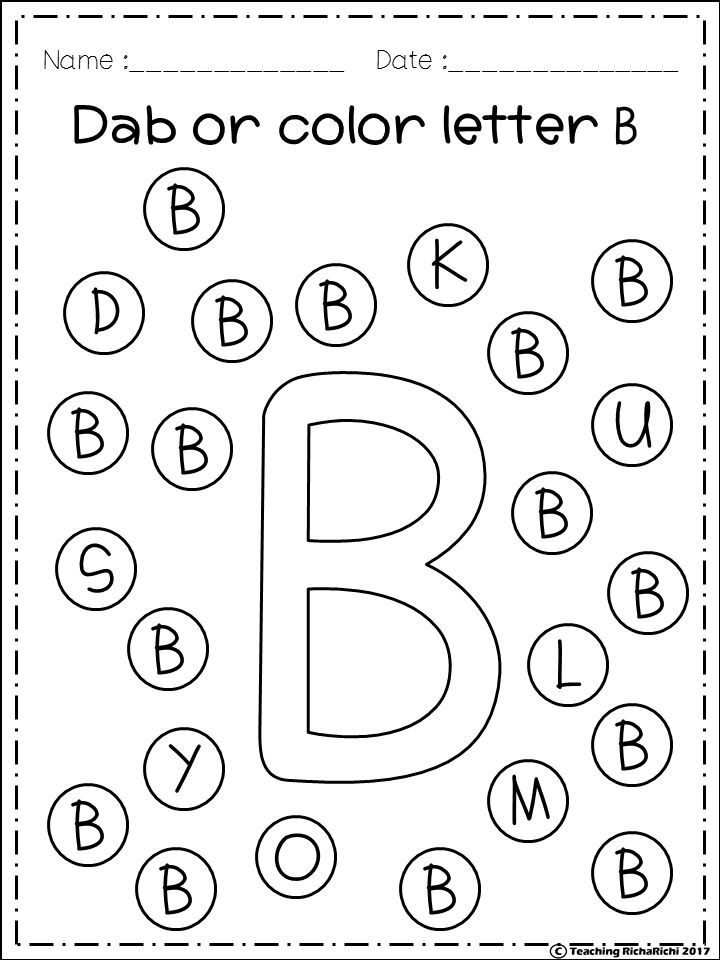 When your child makes a good match, then he or she can squirt the chalkboard with water in a spray bottle to make the letter disappear.
When your child makes a good match, then he or she can squirt the chalkboard with water in a spray bottle to make the letter disappear.
Another recommended game is Trash Can Alphabet Review. You simply take scraps of paper and write a letter on each one, using a marker (or you could use crayons or whatever else you have on hand). Point to a letter and ask your child to identify it; when the correct answer is given, your youngster can crumple up the paper and toss it into the waste can. Once the game is over, you can smooth out the scraps and play again when desired. You can also check out the other 48 suggestions given in the article.
Outdoor Activity
When the weather is nice, it’s only natural to want your children to get outside and play. On those days, here is a simple game from ICanTeachMyChild.com that can help to teach your pre-K children the alphabet. Take sidewalk chalk and create a pathway of letters on your sidewalk or driveway. Let your child ride his or her bike over this path, singing the alphabet song as he or she rides over each letter.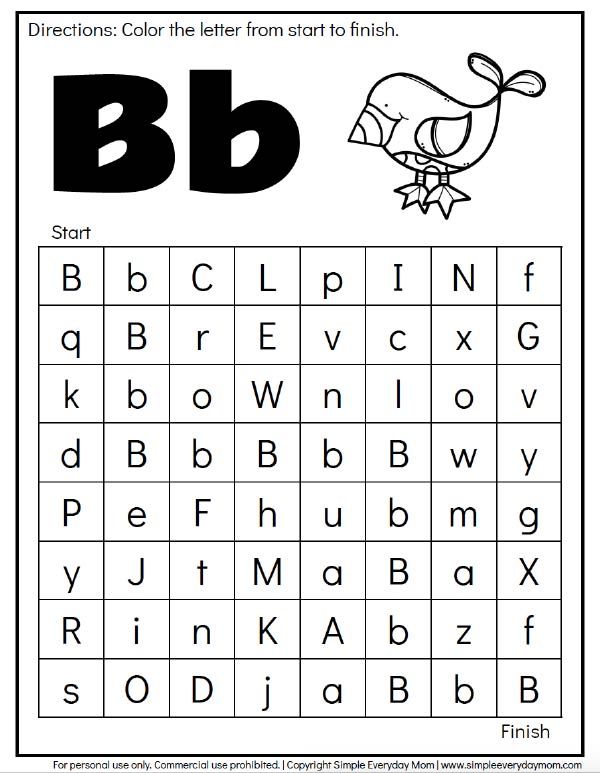 Do the same thing as your child walks along the path (or skips or jumps or whatever else works).
Do the same thing as your child walks along the path (or skips or jumps or whatever else works).
And, here’s a game you can play outdoors (or move indoors). Take masking tape and create letters. Then, let your child actively play with the letters. This writer’s child loves to take toy cars and use the masking tape as letter-shaped roads — and you can casually work the name of the letter into conversation as your child is playing on it.
How to Teach Your Preschooler Letter Recognition Through Play
- Share
Helping your preschooler to gain letter recognition skills does not need to feel like “work!”
Learning through play in a fun, stress-free, and positive manner is always the best way.
What Letter Recognition Means
Learning letter recognition skills involves several different hands-on components.
Children need to distinguish the shapes of letters from each other (visually recognize them) and be able to point to and state the letter names, as well as the sounds made by each letter.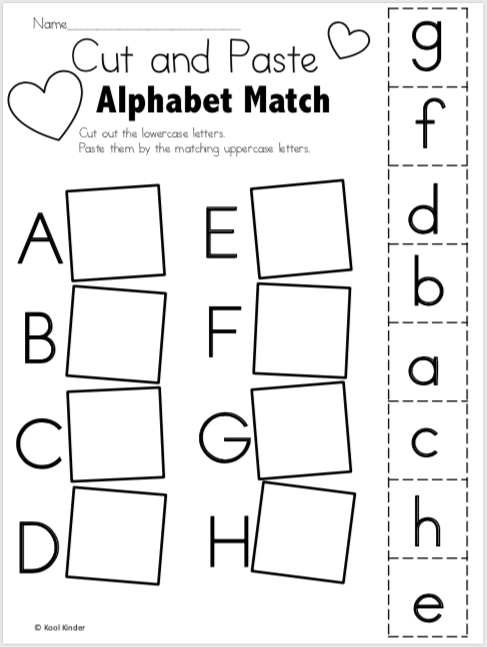
In addition, they must learn to form letters and write them.
These skills do not all need to be accomplished during the preschool years and in fact, preschoolers are not yet developmentally ready to learn to read and write.
By simply exposing your child in a fun way, you will begin the process of laying down foundational pre-reading and writing skills.
When Should a Child Recognize Letters of the Alphabet?
Although you can read about average ages when kids gain alphabet skills, those often vary widely.
Just as children learn to walk and talk at different ages, the same is true for recognizing letters of the alphabet.
They each learn at their own pace, depending on many factors.
How to Build Skills to Prepare Your Child for Letter Recognition
Through fun play activities, parents can help their children gain various developmental skills that prepare preschoolers for letter recognition.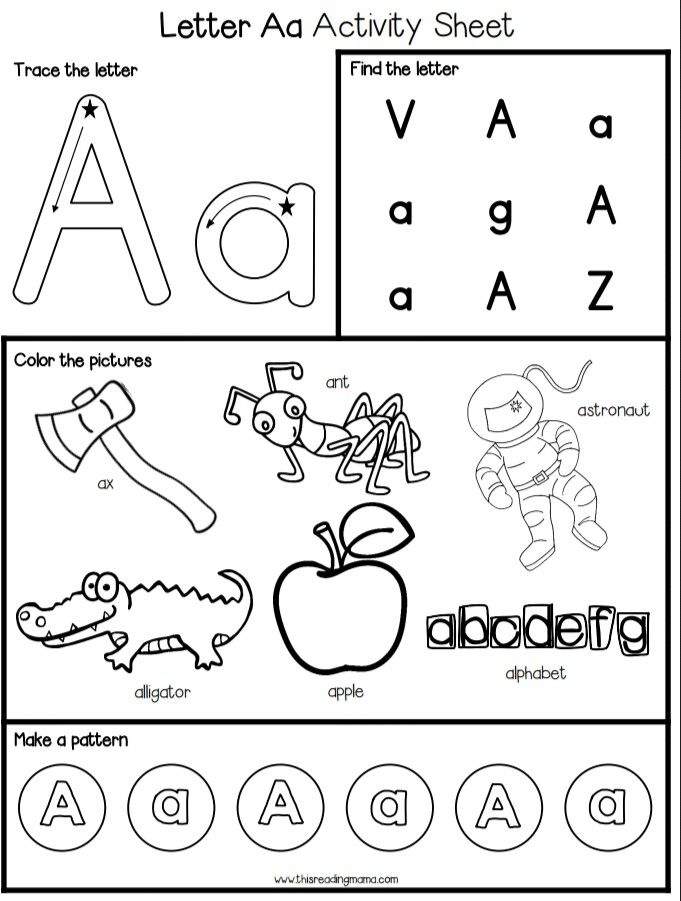
Those types of skills include visual perception, memory, and auditory perception.
What this means is that learning the letters does not in fact start with exposure to the actual letters, but rather to play activities that develop these skills.
Visual Perception
Visual perception refers to your child’s brain making sense of what their eyes are seeing, such as details and shapes (shape recognition).
These skills also include visual-motor and eye-hand coordination.
Helpful kinds of activities include:
- those that exercise the large muscles (such as throwing/catching)
- small motor activities (like lacing)
- visual perception (such as building puzzles)
- and limiting screen time, which has limitations related to visual perception skills.
Memory
Memory development relates to storing and using information in the brain.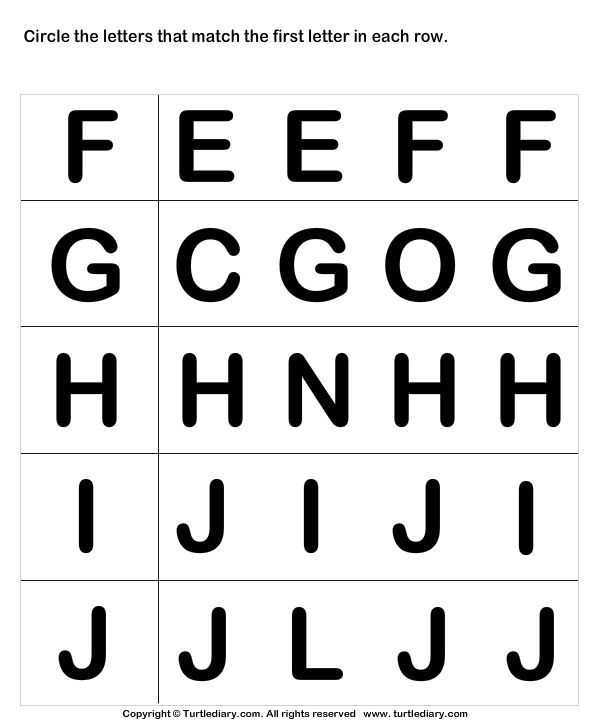
Stress-free activities to enhance these skills include:
- simple card games
- Memory card games (get your own by downloading the FREE set of printables at the end of the post)
- talking about fun memories
- story visualization
- reading and talking about books
- Visual memory games, like picture bingo
- Auditory memory games
Auditory Perception
Auditory perception includes the brain’s ability to distinguish sounds and words, which is important for learning the sounds of letters.
These are the kind of activities that can support this skill:
- listening to music
- distinguishing animal sounds
- clapping out copied rhythm patterns
[source]
How do I Teach My Child Letter Recognition?
Even before your child shows an interest in print,
- reading to them
- sharing poems and nursery rhymes
- talking to them
- telling stories
- and singing songs to or with them
are all meaningful and fun activities that set the stage for letter recognition.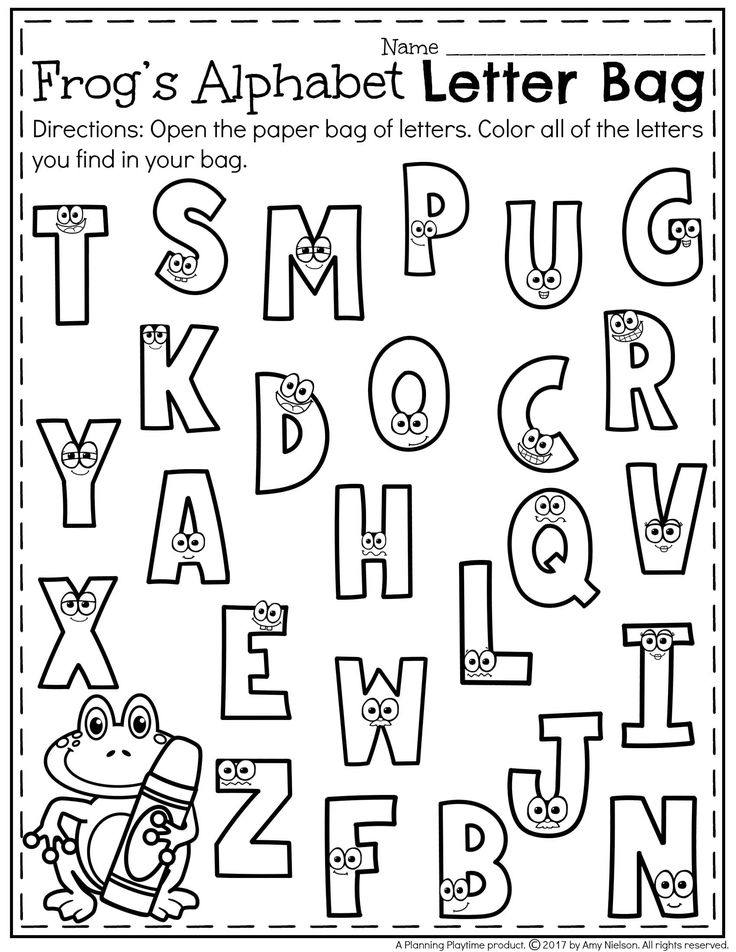
Keep it fresh, keep it new, and be willing to return to their favourite activities when asked.
As your child shows a growing interest in print, make it available to them whenever possible.
Instead of keeping that book to yourself as you read to them, show children the words, running your fingers over them as you read. Let kids turn the pages of books.
Have books available in the home to which kids have constant access.
So many things around the house contain words, like packages, lists, letters, emails, screens, magazines, and greeting cards.
Point and touch as you read, showing children that you are using words daily, expressing how much can be learned through their use.
Write in front of your kids for all different purposes, at least sometimes spelling aloud.
Make drawing and writing tools and surfaces available to your child at all times, indoors and out.
Don’t just offer the traditional papers and crayons – include:
- Drawing with sticks in the sand
- Writing on clay or playdough
- Drawing on shower and bath walls with soap
Should I Teach the Letters in a Specific Order?
Instead of teaching letters in any special, prescribed order, focus on those that are used most often and in order of importance for your child.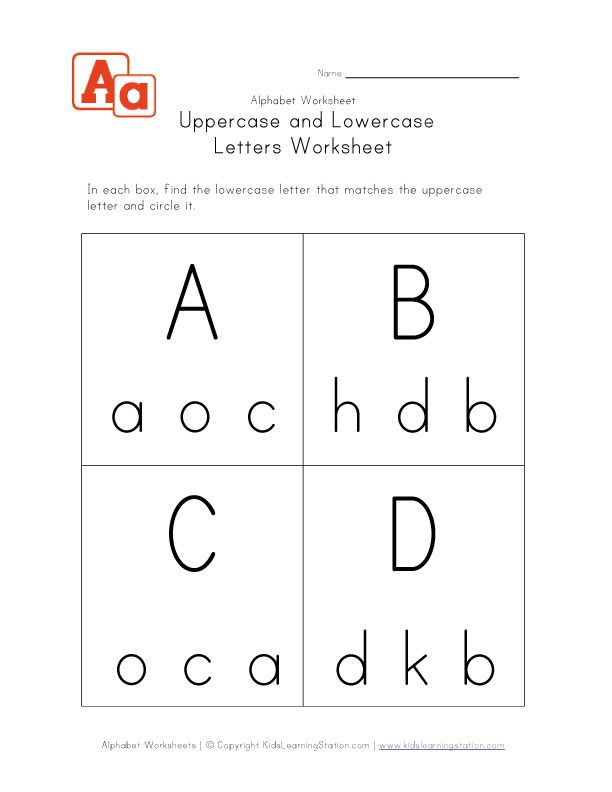
They typically want to know about the letters:
- in their names
- in “MOM” and “DAD”
- in a pet’s name
- environmental print (like on STOP or WALK signs)
- and even outstanding words from a favourite storybook
Think about and pay attention to those letters and words that appear to be interesting to your kids, using them as the foundation to build upon.
[source]
Is it Better to Teach Upper or Lowercase Letters First?
For preschoolers, the field of occupational therapy makes a good case for beginning with capitals in handwriting letter formation.
They are formed from larger lines and curves that avoid retracing and changing directions, while still teaching top to bottom strokes.
If children try to form letters for which their visual-motor skills are not prepared, they sometimes build poor habits that can be difficult to break later on.
Of course, your child may be familiar with lowercase letters, seeing them in many print formats, and gradually learning to identify them.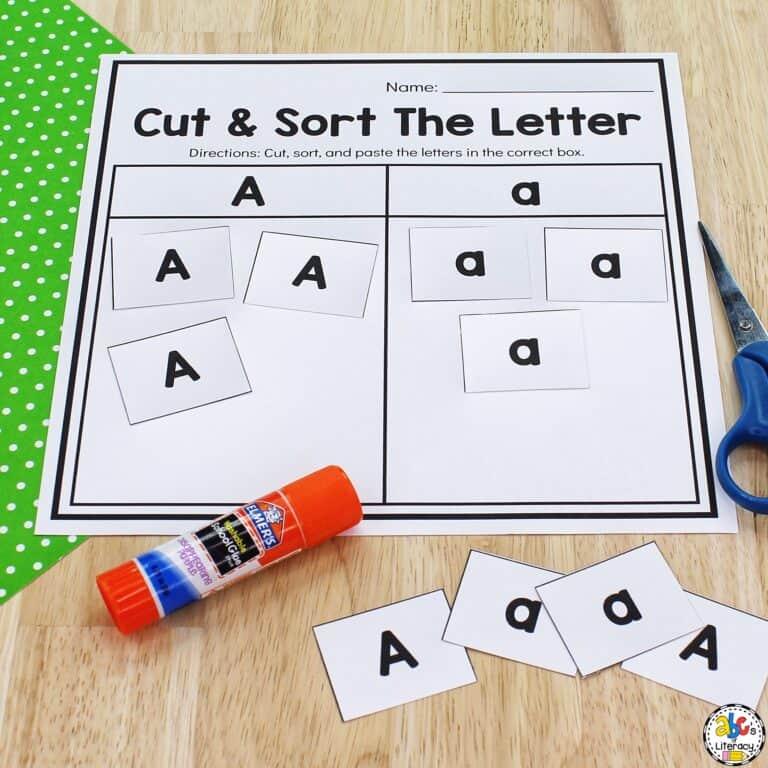
When their motor skills are ready, they typically make an easy switch to including them along with uppercase when they write.
[source]
Letter Recognition Activities and Games for Preschoolers
Here are some fun ways to teach your preschooler recognition through play.
1. Point Out Environmental Print
Print is all around us.
Point out, talk about and stress the sounds of words on signs (such as favourite restaurants and traffic/street signs), cereal or other product boxes/labels, and familiar logos.
2. Share Rhyming Books
Read favourite rhyming books to your child, accentuating the rhyme and rhythm.
Afterwards, play an oral game of stating some rhyming words from the story and adding a new rhyming word of your own.
Challenge your child to come up with more words that rhyme. Either real or pretend “words” are okay, as it is the rhyming factor that counts.
3. Letter Hunt
Point out and talk about the letters in your child’s name, making them clearly visible in print.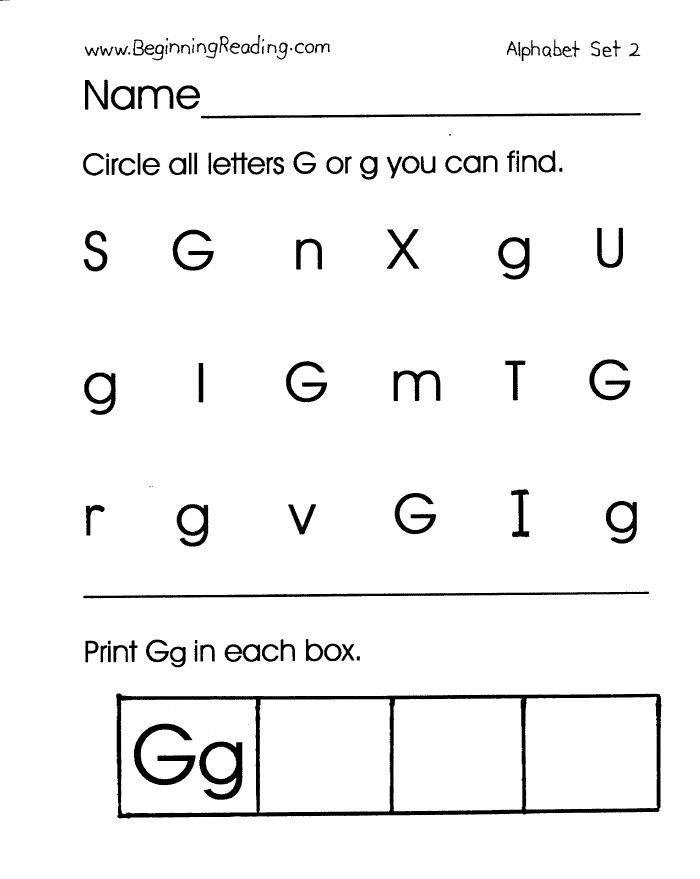
Show them how you find one of those same letters in a magazine or newspaper and cut out as a rather square piece (not necessarily trying to cut out close to the letter’s edges).
Challenge them to find other letters from their name in print and cut those out, as well.
After all the letters have been found, they can arrange them in the correct order for their name.
These may be kept in a small bag for future use or glued onto a coloured sheet of paper to post on the fridge or in your child’s room.
Instead of cutting, another option is to use different colours of highlighters to mark various letters found in print.
4. Play with Plastic/Wooden Letters
Letters may be sorted and put into piles in different ways:
- those with curves
- letters with straight lines
- those from your child’s name or other important words
- letters they can name
- and those for which they can say the sounds
Letters with magnets may be used on the fridge or on a magnet board for sorting purposes.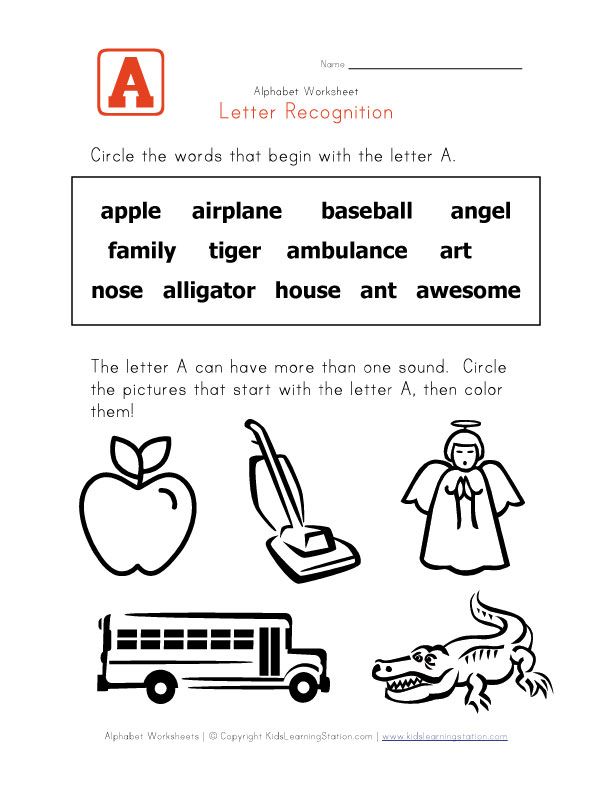
5. Bake Letters
Use bread or pretzel dough to form letters with your child, then bake them to be eaten later.
While you work, talk about the letter names, sounds, and easy words (like their names) that may be formed.
Special baking tins and cookie cutters may be purchased to bake letters. You can also bake oblong cakes and cut into large letter shapes, as well.
6. Form Letters with Familiar Materials
Offer kids various types and colours of pasta to form letters on flat backgrounds, either to glue into place or to leave loose and rearrange into different letters.
Other materials to explore might include:
- dry breakfast cereals
- buttons or pennies
- cotton balls
- dried beans
- mini-marshmallows
- toothpicks
- rice
- Yarn
7. Form Letters with Unusual Materials
Using a tabletop or oblong baking pan with low sides, spread shaving cream or pudding for your child to trace letters into with their fingers.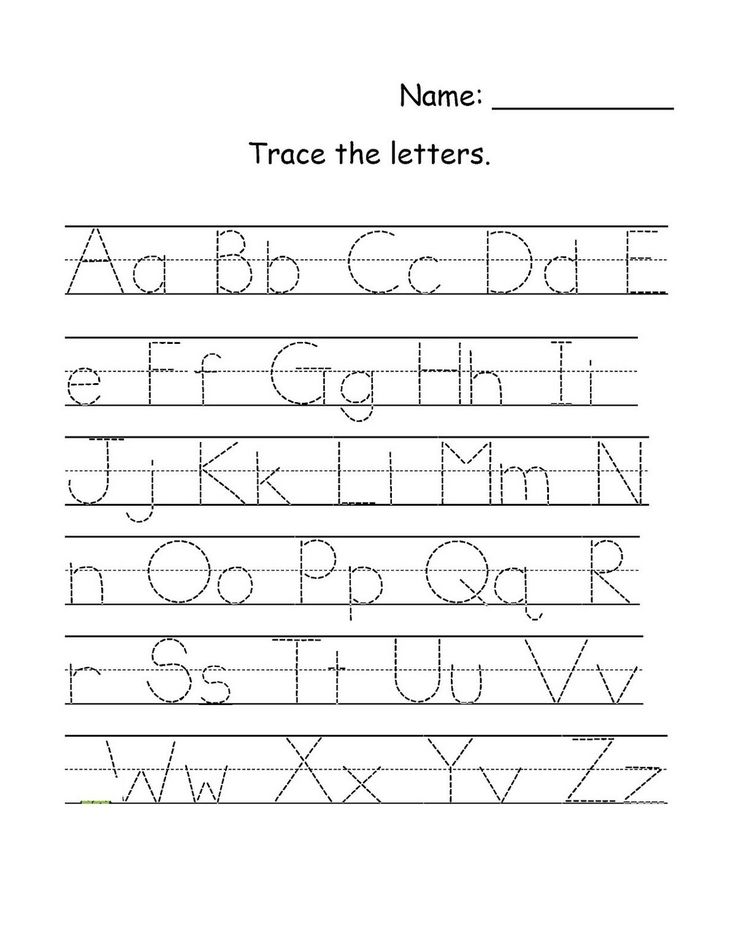
The same may be done with sand (or moved outside), to trace in with fingers or safe “sticks,” like pencils, dowels, or rulers.
8. Go on a Scavenger Hunt
Have children choose a letter card or cutout. Talk about how the letter looks and sounds.
Depending on your child’s level of development, challenge them to find things around the house that have that letter printed on them OR objects that begin with that letter’s sound.
9. Fish for Letters
Magnetic letter fishing games may be purchased or made with paper, magnets, paperclips, dowels, and string.
Name or pick a letter, focusing on how it looks and/or sounds. Kids then “fish” for the matching letters from the “pond.”
They can also just fish for a random letter and then name it once it is “caught.”
You can also use a version of this game later on, when children are learning to match upper and lowercase letters.
10. Play Musical Chairs with Letters
Add paper plates with letters or letters cut from cardboard right onto the chairs or onto the floor beneath.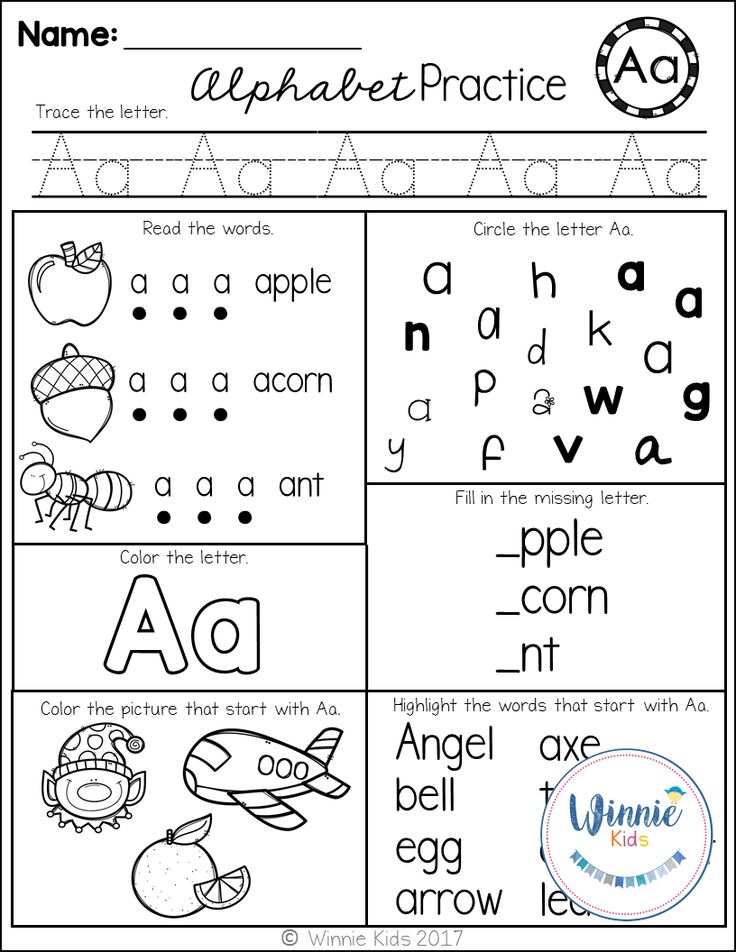
Children walk around the circle and find a place to sit when the music stops. They each then name the letter on their chair or floor directly beneath.
11. Find Letters on a Keyboard
Make use of an old computer keyboard or typewriter. Your child names the letters as they touch the keys.
They can also find them to press as you say the names, sounds, or hold up cards, one letter at a time.
12. Spray or Write Letters Outdoors
Offer spray bottles with water for children to spray letters on driveways, sidewalks, or even the side of your house.
Another option is to use sidewalk chalk to write letters on the driveway, patio, or basketball court.
13. Form Letters with Bendable Materials
Get your child to bend pipe cleaners, chenille stems, or products like Wikki Stix (string covered in wax) to form letters.
Children often like to make multiple letters and form words, as well.
14. Find the Hidden Letters
“Bury” plastic or wooden letters in a sand table or sand box.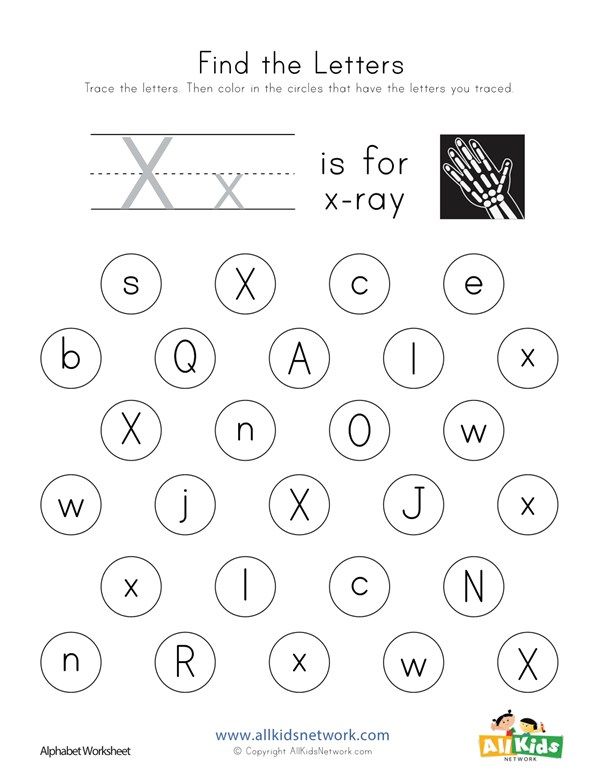 Ask your child to name the letters as they are discovered.
Ask your child to name the letters as they are discovered.
Other materials may be used as alternates in sand tables or large trays, such as coloured rice, pasta, dried beans, or bird seed.
All of these ideas can help to strengthen your child’s early literacy skills.
Pay attention to where they stand in their development and keep raising the bar just a bit higher, while still returning to those games and activities in which they feel a high measure of success!
This is the key to learning.
Get FREE access to Printable Puzzles, Stories, Activity Packs and more!
Join Empowered Parents + and you’ll receive a downloadable set of printable puzzles, games and short stories, as well as the Learning Through Play Activity Pack which includes an entire year of activities for 3 to 6-year-olds.
Access is free forever.
Signing up for a free Grow account is fast and easy and will allow you to bookmark articles to read later, on this website as well as many websites worldwide that use Grow.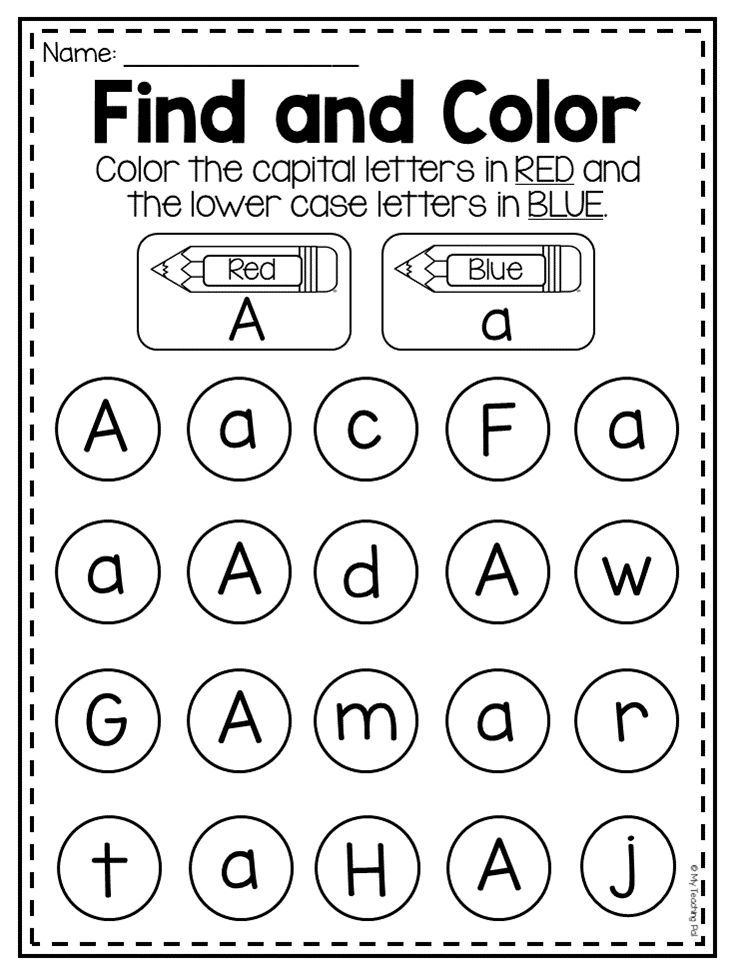
- Share
ALPHABET LETTERS GAMES - alphabet games
| Knowing the letters of the alphabet will allow your child to quickly and easily learn to read. The ability to recognize letters in a word plays a major role in learning to read. Alphabetical songs, tasks for matching objects and letters with which their names begin, as well as all kinds of games with letters and sounds will help the child realize that the letters of the alphabet represent speech sounds, and learn to read more quickly. UNUSUAL LETTERS SUPPORTS CREATIVITY 1. Cut out large capital letters from heavy card stock. 2. Have the children pick up objects whose names begin with the chosen letter and stick them on the corresponding letters. For example, the letter "P" can be pasted over with buttons, and the letter "C" with seeds. 3. When the glue dries, kids can play with the letters, guess them by touch, trace them. LETTERS AROUND DEVELOPS PHONEMATIC AND WRITING SKILLS 1. You will need cardboard cards, pencils, sticky tape and writing paper. 2. Help your child write a capital letter of the alphabet on each card. 3. Walk with the child around the room, naming objects that come into view, for example: a table, an armchair, a flower, an aquarium, and so on. 4. Going to the chair, ask the child to find the card with the letter "C" and stick it on the chair. If you come across several objects with the letter "C", make a card for each of them. LETTERS ON THE DRAWING TEACHING TO PERFORM TASKS 1. Draw a house with a chimney, windows and a door, and flowers and trees nearby. 2. Name all the elements of the picture together with the child so that he knows where everything is. 3. Have your child write the letter "M" on a window or door. 4. Choose another letter of the alphabet and repeat the game. 5. If it is difficult for a child to write a letter on his own, help him. WRITE AND SAY DEVELOPS THINKING 1. There are many simple and interesting exercises designed to help your child learn to write letters of the alphabet. 2. Select a letter. 3. Have your child write it with their finger in the air, in the sand (toe or toe), on your back or head, on a piece of paper. 4. Say out loud the sound the letter represents. 5. Write all the letters that make up the child's name in this way. LETTERS - CARDS TEACHING THE LETTERS OF THE ALPHABET 1. Take 33 cardboard cards of the same size 2. Help the child write the letters of the alphabet on the cards. 3. Shuffle the cards and ask your child to choose one. 4. Have the child name the letter and, if he can, the word that begins with it. 5. Now it's your turn - take a card, name a letter and a word. 6. Do not play more than 10 cards at a time - it will be difficult for the baby to absorb so much information. BINGO TEACHING TO COMPLETE TASKS 1. Teach your child this simple song: In Spain a long time ago There lived a nice boy Gringo, He had a dog Bingo 9007! B-I-N-G-O! B-I-N-G-O! B-I-N-G-O! The dog's name was Bingo! In Spain a long time ago There lived a nice boy Gringo, He had a dog, The dog's name was Bingo! (clap) - I-N-G-O! (clap)-I-N-G-Oh! (clap) - I-N-G-O! The dog's name was Bingo! Continue by clapping one letter in each new column until the dog's name is all clapping. 1. Help your child write letters on a piece of paper. 2. Together with your child, draw a boy and a dog on a piece of paper, and write the letters "B", "I", "N", "G", "O" at the bottom. 3. Sing the song again (each time saying the letters "B", "I", "N", "G", "O", point to them). RAINBOW LETTERS TEACHING COLORS 1. Write a big letter on a piece of paper. 2. Invite your child to trace the letter around the outline with different colored crayons or felt-tip pens. It will turn out a very beautiful rainbow letter. 3. Repeat the exercise several times, then write the child's name in capital letters, then in small letters. Let the kid turn all the letters into rainbow ones. FRAGRANT LETTERS DEVELOPS FINE MOTOR SKILLS 1. This simple exercise will help your child to get acquainted with the letters of the alphabet. 2. Write the letters on a piece of paper with glue. 3. Without waiting for the glue to dry, sprinkle each letter with jelly powder. 4. When the letters are dry, they can be smelled and traced. BLIND LETTERS DEVELOPS FINE MOTOR SKILLS 1. 2. You will need a sheet of paper and pencils. Ask the child to take a pencil in one hand, and put the other on a piece of paper where you will write 3. Now have the baby close his eyes (you can use a bandage) and write the first letter of his name on paper. It may not work the first time, you have to work hard. The meaning of the exercise is to clearly imagine the letter and compare hand movements with the image. 4. When the child masters the first letter, ask him to write the next one, and then the whole word. ALPHABET GAME DEVELOPS OBSERVATION 1. Prepare alphabet cards and place them in a box. 2. The child must pull the card out of the box and find a toy or object whose name begins with the selected letter. 3. You can play differently. The kid takes a card from the box and looks in magazines for 5 pictures with images of objects whose names begin with the selected letter. ALPHABET DRAWINGS ENHANCES VOCABULARY Group Play 1. Get your crayons and markers ready and place the alphabet cards in a box. 2. Shuffle the cards. 3. Each participant takes a card at random. You can look at the letter only after all players have chosen cards. 4. Have the children draw a picture or write a word that starts with the chosen letter. 5. Give the children a few minutes to complete the task and then ask them to show each other their work. CROSS OUT A LETTER TEACH YOUR ALPHABET LETTERS 1. You will need colored pencils, paper, and letter cards. 2. Have your child write their name on a piece of paper. 3. Pull out a card with a letter at random and name it. 4. If the letter that appears on the card is in the child's name, it must be crossed out. 5. When the baby crosses out all the letters of his name, give him a sticker. 6. Instead of a name, you can write simple words familiar to the child on the sheet. TOUCH LETTERS DEVELOP YOUR SENSE 1. Cut out the initial letters of the names of family members and pets from heavy card stock. 2. Place the letters in a large cardboard box. 3. Have your child close their eyes or use a blindfold. 4. Have the child take a letter from the box and guess by touch what the letter is. WHERE IS THE LETTER? PROMOTES CREATIVITY 1. Prepare alphabet cards or use the ones you made earlier. 2. Ask the child to choose any letter, name it and draw an object whose name begins with that letter. 3. When the drawing is complete, have the child write a letter on it. 4. This exercise will help your child learn to match a letter with the sound it represents. POSTMAN ENRICHES VOCABULARY Group Game 1. Take 33 sheets of paper and write the letters of the alphabet on them (one on each). 2. Place each sheet in a separate envelope and fold the envelopes into the large box. 3. Say: "The postman brought the mail!" 4. Give each child an envelope. 5. Have the children take turns opening the envelopes and saying the letters on the sheets. 6. Ask the children to look around the room for objects whose names begin with these letters (or which have such letters in their names). 7. Warn the children to say each word loudly and clearly, and write these words on the board or paper. MISSING LETTERS DEVELOPS OBSERVATION 1. Write several letters of the alphabet in a row, skipping one, for example: A_VGD or JZIK_MNOP. 2. Read the chain aloud, pausing at the missing letter. 3. Ask the child to name the missing letter. WHERE IS THE ACE DEVELOPS OBSERVATION 1. Give the child a pack of playing cards. 2. Show the baby an ace, note that this card has a large "T" written on it. Shuffle the cards. 3. Have the child turn over the cards and you say "no" until you see an ace. 4. When an ace hits, shout "Hurrah! Ace found!" 5. Change roles and start the game over. Now you turn over the cards, and let the kid look for an ace. KINGDOM OF CARDS DEVELOPS OBSERVATION 1. Children love to play with cards. There are many games to help them get familiar with letters and numbers. 2. Draw all jacks, queens, kings and aces from the deck. 3. Explain to the child that each card has its first name written on it. 4. Shuffle jacks, queens, kings and aces and have your child turn over the cards one at a time. 5. Look for the ace, saying: "Where is the ace? Where is the ace?" When you finally find it, shout: "Look, there's an ace!" 6. Then look for the jack:! Where is the jack? Where is the jack? Look, here's a jack!" Then the lady: "Where is the lady? Where is the lady? Look, there's a lady!" Then the king: "Where is the king? Where is the king? Look, here is the king!" 7. Turning over a new card, draw the child's attention to the letter written on it and say the sound that it stands for. ALPHABETIC PHONE DEVELOPS THINKING 1. In this game, you and your child will pretend to talk on the phone using letters of the alphabet instead of words. For example, you start: "AAAA", and the baby continues: "BBBB". 2. First explain to the child that any letter can be pronounced with different intonation, louder or quieter. 3. You can agree that each word will consist of several letters at once, for example "AABBV" or "YGD". 4. This game helps to remember the letters of the alphabet and is very popular with children. Alphabetical Song Develops memory 1. Sprinkle with the child alphabet: Abvgdezozhz Iiklmnoprst UFHCHSHSH Kommersant 2. Now pass several letters and stop. Let the baby sing the next letter himself, for example: "ABVG_". 3. If the child has correctly named the letter, continue the song and stop somewhere else. 4. If the child could not remember the correct letter, start the song from the beginning, sing the letter and stop, for example: "ABCD_". 5 This exercise develops abstract thinking and helps memorize letters in alphabetical order. LETTERS IN THE NAME HELPS TO REMEMBER THE LETTERS IN ALPHABETICAL ORDER We will sing this song with you. If "G", "D", "E" is in your name, You and I will wave our hands together. If "E", "F", "Z" is in your name, You and I will nod our heads together. If "I", "Y", "K" is in your name, You and I will blink our eyes together.
If "L", "M", "N" is in your name, You and I will shake our hands together. If "O", "P", "R" is in your name, You and I will step aside together. If "C", "T", "U" is in your name, You and I will wave our legs together. If "F", "X", "C" is in your name, You and I will turn left together. If "H", "Sh", "Sh" is in your name, You and I will turn right together. If there is a solid sign ("Ъ") in your name, You and I will wave our right leg. If the letter "y" is in your name, Then you and I will wink at each other. If there is a soft sign ("b") in your name, You and I will wave our right leg. If "E", "Yu", "I" is in your name, We will blow a kiss to everyone. 2. You can sing not three, but one letter: If the letter "A" is in your name, You and I will sing a song together. ALPHABETIC PHOTOS LEARNING TO USE A CAMERA 1. Take pictures of objects whose names begin with the letters "A", "B", "C" and so on. Take several shots for each letter and arrange the photos in alphabetical order. 2. Have your child help you find things to photograph. 3. Show your child how to use the camera. 4. Make a separate page for each letter in the photo album and arrange the pictures accordingly. ALPHABETIC ACTIVITIES TEACHING THE BEGINNING LETTERS OF WORDS 1. This exercise can be done every day with different letters. 2. Write the tasks below on a blackboard or piece of paper and hang them in a prominent place. Give me your address Find a picture of a pineapple. Write the first letter of your name. Draw a squirrel. Ride a bike. Ask three questions. Scream like a goose. Draw a caterpillar. Count the trees in the yard. Hug a friend. Find a spruce branch. Find the raccoon in the picture. Draw a hedgehog. Tell us about your favorite animal. Take a yellow pencil. Guess the riddle. Count the stars in the sky. Play a game. Eat toffee. Find iodine. Eat yogurt. Read a book. Open the door with the key. Jump like a frog. Try writing with your left hand. Play ball. Drink some milk. Touch your nose. Write zero. Count to eleven. Draw an oval. Wash the dishes. Crawl like a spider. Draw a rainbow. Wave your hand. Stomp like an elephant. Bark like a dog. Do the dance. Talk on the phone. Quack like a duck. Smile at a friend. Take a purple pencil. Watch a children's film. Feed the pigeons bread. Be good. Walk on tiptoe. Draw a flower. Jump fourteen times. Find the clock in the room. Whisper. Play school. Touch your cheek. Brush your shoes. Eat an orange. Chew on the cheese. Play "cat and mouse" Say "eniki-beniki". Draw an excavator. Spin around like a top. Show me where the south is. Wash the apple. Crawl like a lizard. 3. If you wish, you can come up with alphabetic tasks with your child. WHAT I SEE OUTSIDE THE WINDOW DEVELOPS OBSERVATION 1. 2. List the objects you see in alphabetical order: "bus, log, bicycle, slide, tree..." 3. There are other ways to play. Write the child's name and think of a word for each letter. For example, if the baby's name is Misha, the words "car", "needle", "highway" and "watermelon" will do. NAME THE LETTER TEACHING THE LETTERS OF THE ALPHABET Group game 1. Write the letters of the alphabet in different colors on a piece of paper. 2. Attach the sheet, for example, to a door with adhesive tape. 3. Have the children take it in turns to go to the paper, close their eyes, and point a finger at random at any letter. 4. The dropped letter must be called. 5. Older children can be offered to name not only the letters that have fallen out, but also the words that begin with them. CIRCLE THE LETTER DEVELOPS FINE MOTOR 1. 2. Say a letter and ask your child to circle it. 3. Continue until the child has circled all the letters on the sheet. Then write 5 more letters and repeat the task. 4. Try to play the opposite way - let the kid write and name the letters, and you circle them. ERASE THE LETTER DEVELOPS THINKING Group game 1. Write 5 to 10 letters on the blackboard with chalk. 2. Say a letter and ask one of the participants to come to the blackboard and erase it. 3. Repeat the task, let the kids come to the board in turn and erase the named letters. 4. When the letters run out, invite the children to repeat the game. 5. Instead of letters, you can write on the board words familiar to the kids. HOMEMADE "A" PROMOTES CREATIVITY 1. You will need wooden sticks, glue and cotton balls. 2. Show the child how to make the letter "A". You need to glue 2 sticks with a hut, and then stick 3 sticks across. 3. Ask your child to pick up homemade letters "A" and sing along with you this song: I have the letter "A",
I sing: "Ah-ah-ah!" 4. Have the child walk around the room and touch the letter "A" to each object whose name begins with this letter. LETTERS-DOPPLES PROMOTES CREATIVITY 1. Write a large letter "A" on a sheet of thick paper. 2. Have your child draw an "A" with eyes, a nose, and a mouth with black marker. 3. Cut out the letter and attach a wooden stick to the back with glue or tape. 4. The result is a letter-doll that can sing a song or talk about itself, for example: "Hi, I'm the letter" A ". I stand at the beginning of the words" watermelon "," bus "," stork "," apricot ", orange 5. Repeat this task with other letters of the alphabet. LETTERS ON THE FLOOR OUTDOOR PLAY 1. 2. Have your child walk, march, jump, run, and crawl. 3. You can complete the task by singing a song: I follow the letter "O"! Step march on the letter "O"! I'm jumping on the letter "O"! Running on the letter "O"! Crawling on the letter "O"! 4. Repeat the game with other letters of the alphabet. LIVING ALPHABET DEVELOPS THINKING Group game 1. Invite the children to draw the letters of the alphabet. You can start, for example, with the letter "K". 2. Have the toddlers lie on the floor with their left arm and left leg extended to the side at an angle. It turned out the letter "K". 3. Now try to draw the letter "I". You need to lie on your side and bend your knees. 4. Draw the letter "T". Let the guys lie on their backs and stretch their arms out to the sides at shoulder level. 5. If there are three or more children in the group, you can draw the word "whale". 6. Kids love this game very much and play it with pleasure. She teaches to think creatively. PARADE OF LETTERS DEVELOPS THINKING AND MOVEMENT COORDINATION 1. Invite the child to march around the room while you recite a poem. ABC SONG Thirty-two sisters, Written beauties, They live on the same page, And they are famous everywhere! They are in a hurry to see you, Glorious sisters, - We ask all the guys Make friends with them! A, B, C, D, E, F, F Rolled on a hedgehog! Z,I,K,L,M,N,O Together we climbed out the window! П,Р,С,Т,У,Ф,Х They saddled a rooster, - С,Ч,Ш,Ш,Э,У,Я - That's all they are, friends! Get to know them, kids! Here they are, standing side by side. It is very bad to live in the world For those who are not familiar with them! Boris Zakhoder 10 WAYS TO TELL THE ALPHABET DEVELOPS THINKING AND MOVEMENT COORDINATION 1. 2. Ask the children to tell the alphabet: to three different people; --twice slow and twice fast; - bouncing on the spot; - in a thin voice very softly; - very loud; --very slow; -- very, very fast; --with a cotton after each letter; - marching around the room; - standing on one leg. ALPHABETIC BOX TEACHING TO SHARE Group Play 1. Decorate an empty coffee tin with stickers. 2. Write the names of the children on strips of paper, roll them up and put them in a separate box. 3. Pull a piece of paper out of the box at random and read the name aloud. 4. The child whose name has been spoken must find and put in the box an object whose name begins with the same letter as his name. 5. The children can take it in turns to take the jar home and put in it objects whose names begin with the same letter as their names. FIND YOUR LETTERS DEVELOPS THINKING 1. Write the child's name on a piece of paper. 2. Give the sheet to the child and ask him to find objects in the room that begin with the letters of his name. 3. To make it easier for the child to complete the task, the name of Yan, for example, can be written like this: "I am an apple, H is a thread, A is a watercolor." LETTERS IN POEMS INTRODUCING CHILDREN'S ROEMS ", "Bunny", "Horse", "Elephant", "Airplane", "Cat". 2. Show the child the text of the poem in the book. 3. Read or recite the rhyme several times, then help your child find the letters of his name that appear in the text. 4. Children really like this game. They are happy to look for the letters of their names in poetry. LETTERS ON THE WINDOW PROMOTES CREATIVE DEVELOPMENT 1. It is good to play this game on a cloudy day, because the room immediately becomes brighter and more cheerful from the colorful letters painted on the window glass. 2. Have your child draw letters on the glass with finger paint or tempera. 3. First have him write the letters of his own name, then the letters of the names of family members. 4. If the window is large enough, invite the child to draw different objects, and next to write the letters with which their names begin. For example, you can draw the sun, next to the letter "C". LETTER DETECTIVE DEVELOPS ATTENTION 1. Put old magazines and newspapers, bright markers and magnifiers in a box or basket. Explain to the child that this is the workplace of a letter detective. 2. Give the child a task to find a certain letter or several letters in the text and highlight them with a marker. 3. Invite the child to look for the letters of his name, letters from the name of the day of the week or month. 4. Children love to play detectives. They really like to look for letters with a magnifying glass. FUN LETTERS PROMOTES CREATIVITY 1. 2. Many letters of the alphabet are also symmetrical. Write on a piece of paper the letters A, B, D, E, E, F, Z, K, L, M, N, O, P, R, C, T, F, X, W, E, Y. 3. Use a mirror to check all letters for vertical or horizontal symmetry. To do this, place the mirror in the middle of the letter vertically or horizontally. From the parts written on the sheet and reflected in the mirror, a whole letter should be formed. 3. Find and name together with the child all the letters that consist only of straight lines (for example, A, D, E, P), and then those that consist only of curves (for example, Z, C, O). 4. This exercise teaches the child to analyze, to think in a new way and thus contributes to the development of thinking. ROBIN BOBIN BARABEK ENHANCES VOCABULARY 1. Cut out as many food photos as you can from magazines. Go through them with your baby and name each product. 2. Read with your child a poem by K.I. Chukovsky "Barabek": BARABEK (how to tease a glutton) Robin Bobin Barabek Ate forty people, Both a cow and a bull, And a crooked butcher. Both cart and arc; Both a broom and a poker. I ate the church, I ate the house And the forge with the blacksmith, And then he says: "My stomach hurts." 3. Fantasize about the theme of the poem. Assume that Ba rabek ate peas and ask the child to choose foods that start with the same letter. 4. After the child has found the food pictures and named them correctly, choose a new letter and continue the game. LETTER BUFFET DEVELOPS THINKING Group game 1. Explain to the children that you want to organize a letter buffet. Ask everyone to suggest buffet items that begin with the first letter of their name. 2. Help the children find the right foods. 3. You can designate a day for the letter buffet. Children love to try different treats. LETTERS ON THE PALM PROMOTES CREATIVITY 1. Use a non-toxic felt-tip pen to write a letter on the child's palm 2. Tell the child: "Let me read what is written on your palm." 3. Take the child's hand in yours and describe the letter, for example: "I see a very interesting letter on your palm. It consists of two sticks - a long one and a short one. The short one is located at the end of the long one. This is the letter "T". 4 .Say a few words beginning with the letter T. 5. Ask your child to think of words that start with the letter "T". 6. The more you describe the letter and the more words you choose, the more interesting the game will be. 7. Invite your child to play this game with friends and family members. FIND THE LETTER DEVELOPS THINKING Group game 1. 2. Put small items in the box: felt-tip pens, toys, coins, pieces of paper, cubes, pencils, brushes, and so on. 3. Ask the children to sit in a circle. Place the box outside the circle. 4. Sing this song: We are looking for the letter "A", We are looking for the letter "A", Ah-ah-ah-ah-ah, We are looking for the letter "A". 5. Have the children find an object in the box whose name starts with "A" and put it in the center of the circle. 6. Repeat the task with other letters until all objects are in the center of the circle. CAPITAL LETTERS DEVELOPS INTEREST IN READING 1. Knowing the letters is the key to learning to read successfully. The process of learning the letters of the alphabet can be made interesting and exciting. 2. You will need picture magazines, large cardboard cards, a card box, scissors, glue, and a felt-tip pen. 3. Ask your child to cut out pictures of objects with different letters of the alphabet from magazines. Try. keep the words short and simple. For example, for the letter "M" a photograph of a car or a carton of milk is suitable. 4. Stick the picture on the card and write the corresponding capital letter on top. 5. Put the cards in the box and put it in plain sight so that the baby can play with the cards on his own. SMALL LETTERS HELPS FORMING PHONEMATIC PRONUNCIATION 1. Prepare cards as described above (see "Capital Letters"), but write lowercase letters instead of capital letters. 2. Arrange the cards in order - upper case next to lower case. 3. When the child learns to put the cards in order, invite him to play in a new way. Point to a letter and ask them to find a picture of an object whose name begins with that letter. 4. Games "Capital Letters" and "Lower Letters" help the child learn the necessary information for further learning to read. LETTERS IN PAIRS DEVELOPS OBSERVATION 1. This game is based on the game "Letters-Cards", so play this game first. Write the letters on the cards, name the letters and the words they begin with. 2. Add cards with lowercase letters, shuffle them and ask your child to sort the letters into pairs - uppercase and lowercase. 3. This game also helps you learn to recognize letters. Alphabetical singing Teaching their voice 1. Children love to tell the alphabet and sing "Alphabetical Song": Abvgdezozhz IIKLMNOPRST UFHCCHSH Eyya 9000 9000 voices, quickly and slowly, loudly and quietly, while paying attention to how the letters sound. 3. The most important thing here is to help the children what sound this or that letter conveys. SUN LETTERS DEVELOPS FINE MOTOR SKILLS 1. This is an exercise for a sunny, fine day. 2. Take a sheet of blue or black construction paper and have the children write letters on it using pieces of string. 3. Place the leaf in the sun. After a few hours, remove the ropes - prints of letters remained on the paper. JOY BELL DEVELOPS LISTENING SKILLS Group game 1. You will need a bell for this game. 2. Children sit in a circle. A card with a letter written on it is passed around the circle. When the bell rings, the player who has a card in his hand at that moment must name the letter written on it. 3. Make a new call each time: slowly, quickly, rhythmically, loudly, softly. 4. This game also helps your child learn to recognize letters. MUSIC LETTERS SOCIALIZATION SKILLS Group play 1. Distribute letter cards to children. 2. Explain that music is about to play, to which the letters will circle around the room. 3. When the music stops, each participant should join hands with the person next to them. 4. Turn on the music again, have the guys dance in pairs. 5. 5. After each pair has spoken the completed sentence, continue the game. CREAM LETTERS PROMOTES CREATIVE EXPRESSION 1. Squeeze shaving cream onto the table. 2. The child will be happy to write letters with a finger dipped in cream. 3. The work can be photographed. SANDY LETTERS DEVELOP THE TOUCH Group Play 1. Cut out all the letters of the alphabet from the sandpaper. 2. Give each child two letters. You need to touch them, run your fingers along the contours and name them. 3. Blindfold the children, give one of the letters. with which they worked, and ask them to determine by touch what kind of letter it is. 4. Cardboard, glue and salt can be used instead of sandpaper. Cut out letters from cardboard, spread with glue, sprinkle with salt. Wait for the glue to dry LETTERS IN THE POCKET DEVELOP YOUR THINKING 1. 2. Prepare the alphabet cards and place them in the box. 3. Invite the child to take a card at random, name a letter and words that begin with it, and then put the card in a pocket. 4. Show your child which cards to take and how to put them in order to get, for example, the word "cat". 5. Ask your child to name a letter, a sound, and a word, for example: "The letter 'K', the sound 'k', and the word 'cat'." |
5 stages of optical character recognition in practice - Tproger
Egor Fedotiev
Head of Front Office Solutions Development
One of the types of loans of our bank is consumer IL-loans, which are issued in partner retail chains (for example, MVideo). Of great importance in this segment is the speed of decision-making on issuing a loan. This is important for both clients and partners - the latter will choose the bank that will provide the fastest processing time.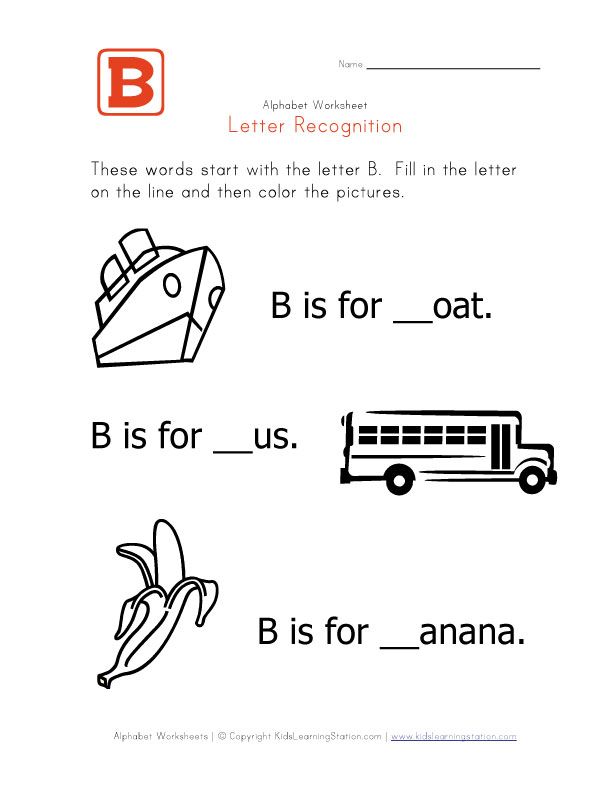
The most effective way to reduce processing timing is to increase the percentage of automatic authorizations (when documents in the application are processed without human intervention). To do this, we bought a new neural network passport recognition template in 2021.
He was supposed to multiply the percentage of automatic authorizations, but the results were average. Then we had the idea to make our own optical character recognition based on machine learning and using open-source libraries.
Technologies
We didn't start writing low-level mathematics from scratch (it's long, painful and expensive), but explored the market. We looked at which technologies are the most mature, and chose those that fit our requirements (reliability, lightness, low threshold for entry, the ability to use them for commercial purposes).
And we selected several solutions for our tasks:
- segmentation is done by YOLOv3, which implements the TensorFlow algorithm on the CPU;
- cleaning is done by OpenCV from Intel, inside of which is the same low-level mathematics;
- Tesseract is responsible for character recognition, an HP development that has been moved to Open Source thanks to Google;
- for working with the frequency dictionary (we'll talk about it below) - SymSpell;
- all solutions have a .
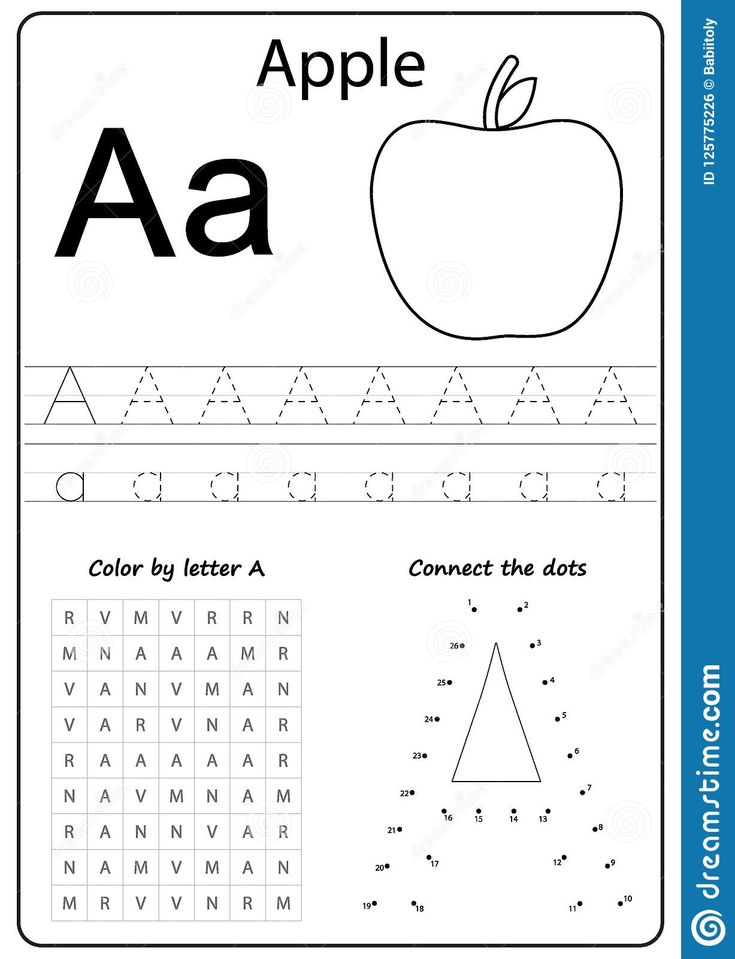 NET implementation, and integration is performed on it.
NET implementation, and integration is performed on it.
How everything works in OCR
We have identified five main stages of document recognition:
- Aligning the scan vertically.
- Scan cleaning from noise, spots, line removal, sharpening.
- Segmentation - definition of areas in which specific fields of the passport are located: last name, first name, date of issue, and so on.
- Character recognition - classic optical character recognition, familiar to us from Fine Reader.
- Postprocessing - reconciliation of recognized full names with a frequency dictionary and checking numeric fields with regexps.
Let's take a closer look at all the stages.
Scan alignment
So, we got the image of the second and third pages of the passport. First of all, you need to reduce it to the standard scan size (approximately 1060x1500 px) so that the subsequent processing is not too long.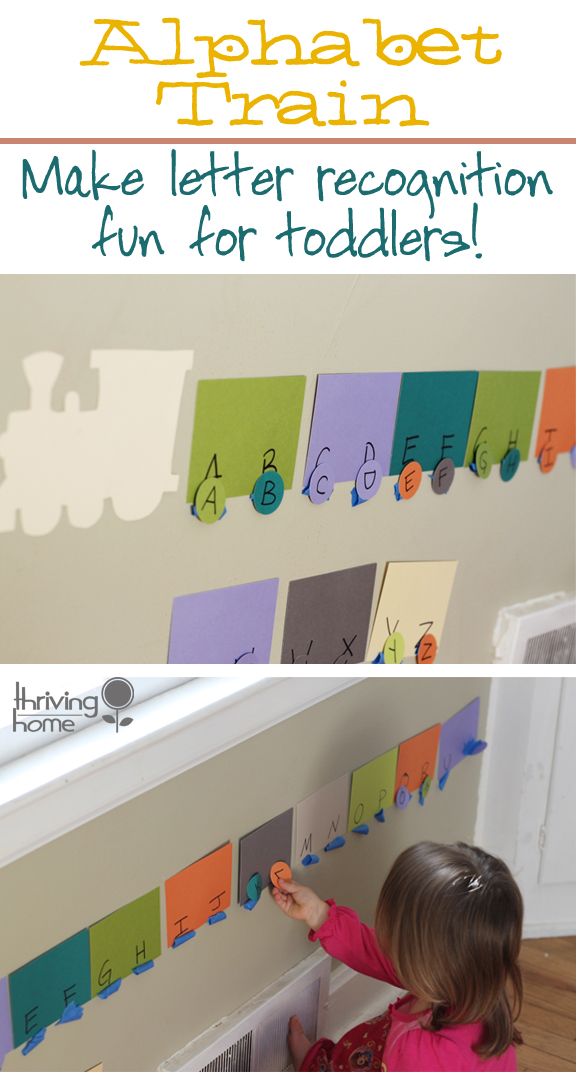
Then we normalize the picture. Passports are often taken at an angle - and for recognition they must be placed vertically. What happens at this stage?
YOLOv3 draws a vector in the center of the image and defines the boundaries of the passport pages (black line and blue and green rectangles, respectively). Then we mark the centers of each area and connect them (red line). So we find the angle between the received vectors and use OpenCV to rotate the image by this amount.
Cleaning
Now the scan is vertically aligned, but there are still noises in it: streaks from the printer or highlights from the scanner. If the image was taken using a smartphone, there may be sun glare or trapezoid - due to the fact that the passport was half-bent when shooting.
For cleaning, we use standard OpenCV algorithms: denoising (non-local means denoising), reducing the size of contours (erosion), increasing contrast and clarity, and so on
A separate problem - on some scans during processing, vertical black lines 1-2 pixels thick appear, which can affect recognition.
We get rid of them in several stages. First, we stresshold the image using the Otsu method, which sets thresholds for white and black colors. We convert these thresholds into a binary black and white image. Then we invert the colors, getting the image already with a white stripe .
Then we connect all the white elements with the nearest ones and get this result:
This is to make sure our white line is continuous. The process does not harm the main image in any way.
Next we look for all white lines that meet the following requirements:
- cross the passport data area;
- occupy at least 73% of the image length;
- is no thicker than two pixels (if we remove the thicker lines, we won't be able to recover the text they go through).
At the last step, we replace all pixel color values in the found lines with neighboring ones. This is the result:
Segmentation
Segmentation is the definition of scan segments that contain the data we need and no extra.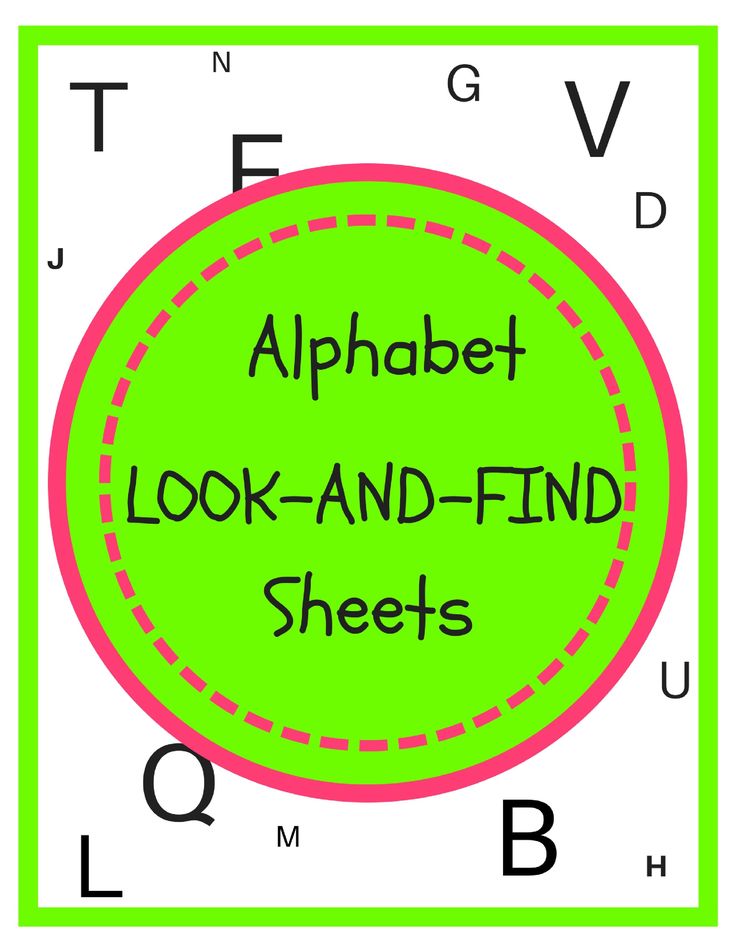
We manually labeled five hundred passports: we selected the fields with data and indicated which fields contained which data. We fed the dataset marked in this way to the neural network, trained it, and watched how it coped with recognizing a test batch of passport scans.
I had to suffer a lot with experiments on marking up the training dataset in order to understand what is worth highlighting in one field and what is not, in order to get a minimum of errors on the test dataset. As a result, we came to this option.
Character recognition
We have already cleared the image, found all the necessary fields: full name, series, number, issuer and so on. Now we reduce the weight of the font and, if necessary, increase the clarity and contrast of the text.
Why is this needed? Firstly, the fonts in the passports are different (only the series and number are written in the same font, and most often the MCHZ is a machine-readable zone at the bottom of the page).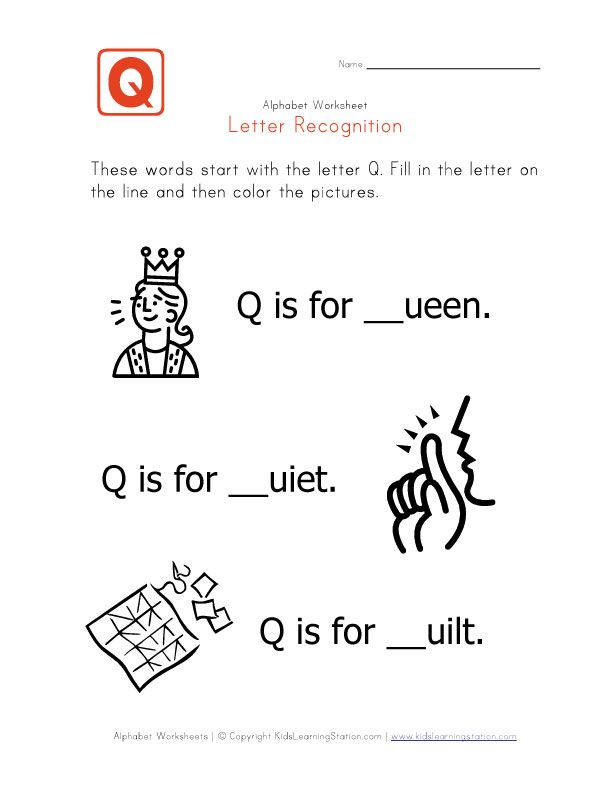 The neural network may not recognize a font that is too bold - and, for example, issue a conditional eight instead of a three. Secondly, the brightness and clarity of most fields are different, and light gray text on a light gray background also confuses the algorithm.
The neural network may not recognize a font that is too bold - and, for example, issue a conditional eight instead of a three. Secondly, the brightness and clarity of most fields are different, and light gray text on a light gray background also confuses the algorithm.
Finally, we load everything into Tesseract, which works with each line separately (this improves the quality of recognition) and makes us a classic OCR - turns the image into text.
Postprocessing
After text recognition, regular expressions are connected that remove extra characters, replace "o" with "0" and "z" with "3" in numeric fields.
And at the final stage we use the frequency dictionary of all possible full names. How does it work? Based on the bank's client base, we created three unrelated files: with first names, last names, patronymics and their frequency among clients. Of these, we made directories, according to which we check if there are errors in the full name and, if necessary, change the data to more probable ones (for example, patronymic Andreevin to Andreevich).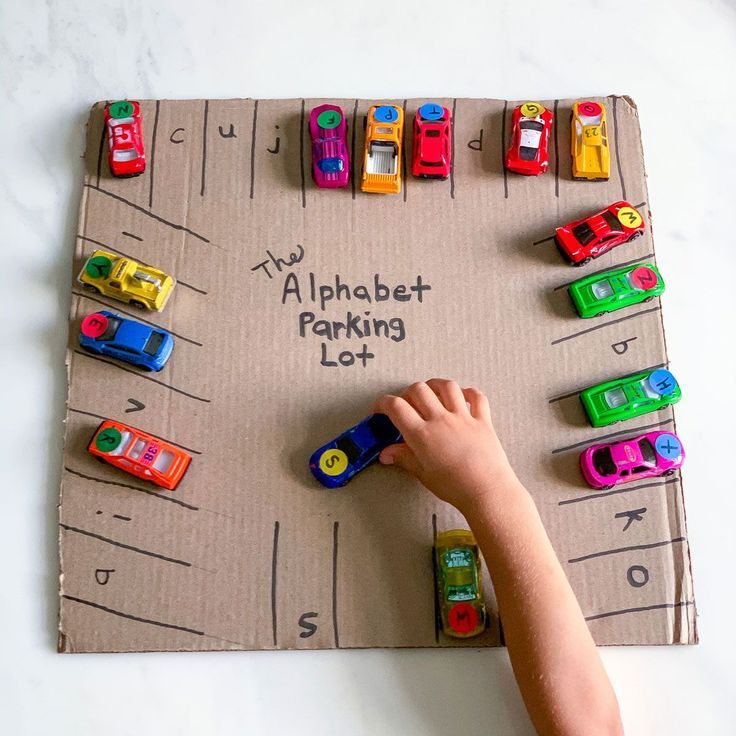
The SymSpell library is responsible for working with the dictionary. The dictionary improved the recognition quality by about 10%
Finally, we check all the recognized data against the machine-readable zone, inside which all the passport data is encoded. If the recognized data matched, then this is a success and means that automatic authorization has happened.
Results
The number of automatic loan application authorizations increased from 31% to 82%. And the recognition time decreased from 11 to 5 seconds without the use of calculations on the video card.
In addition, we have eliminated the dependence on the vendor in terms of recognition - and now we can write other document recognition services ourselves, change system components and make point optimizations.
I am especially glad that only a few months passed from the first experiments on the dev environment to the first release, and most of the work was done by only one developer - Matvey Smirnov.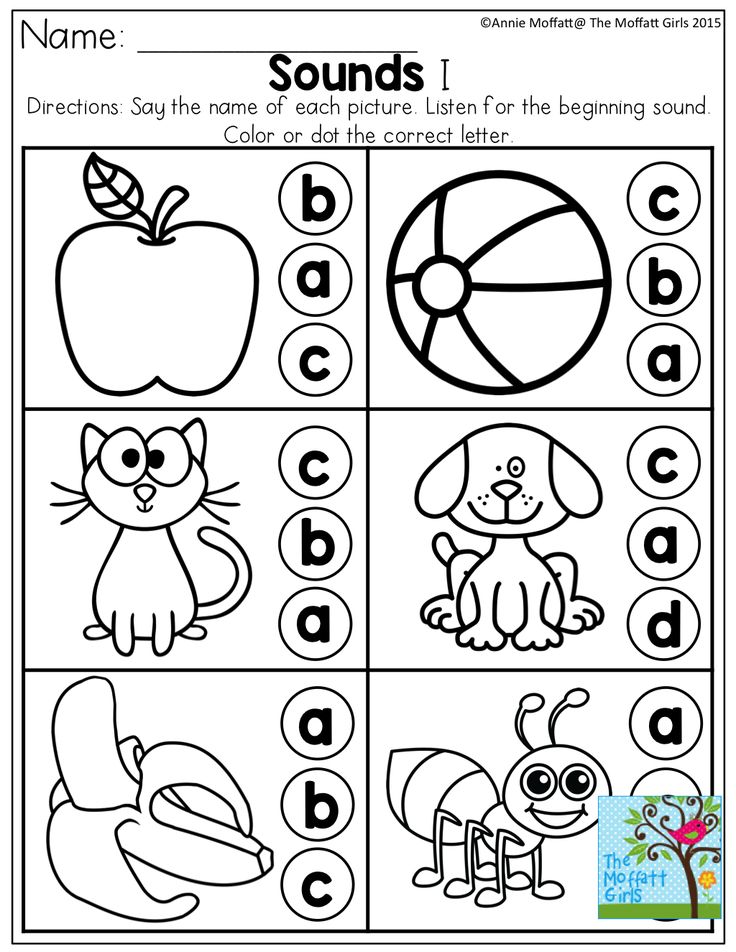

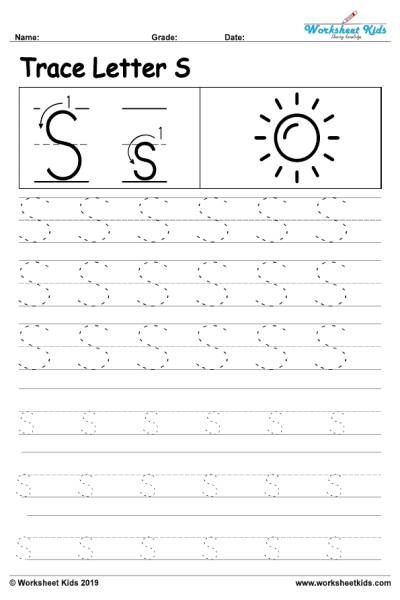
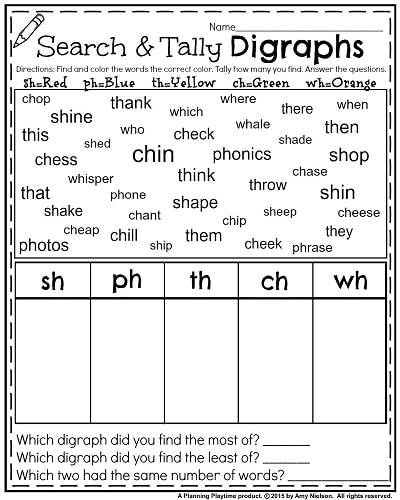 Do the same with other elements of the picture.
Do the same with other elements of the picture. 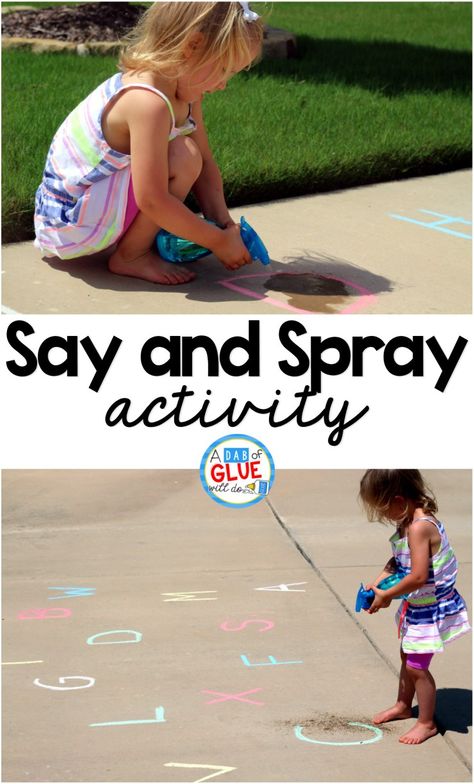
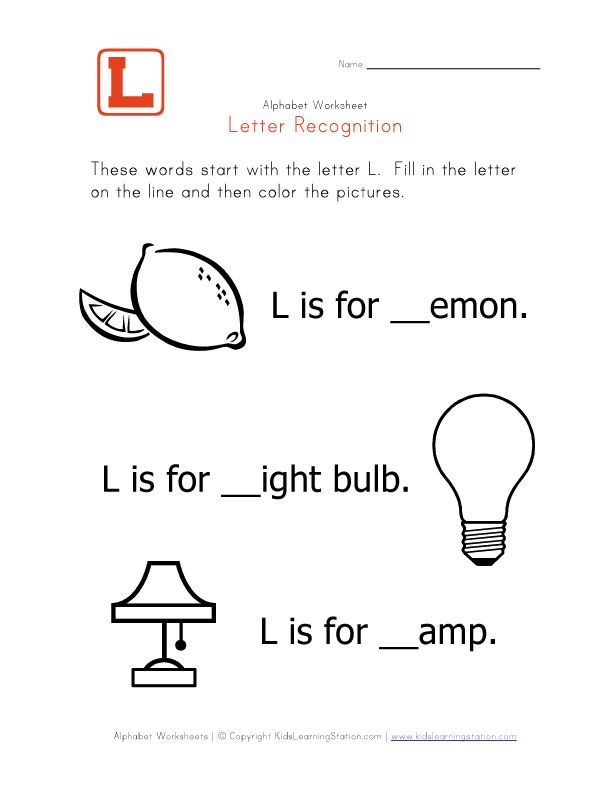
 Drawing with eyes closed requires concentration.
Drawing with eyes closed requires concentration. 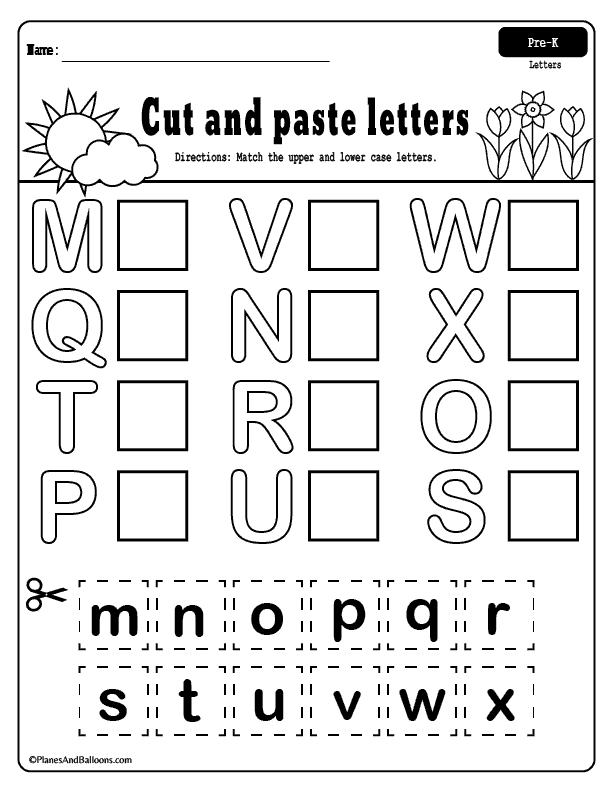
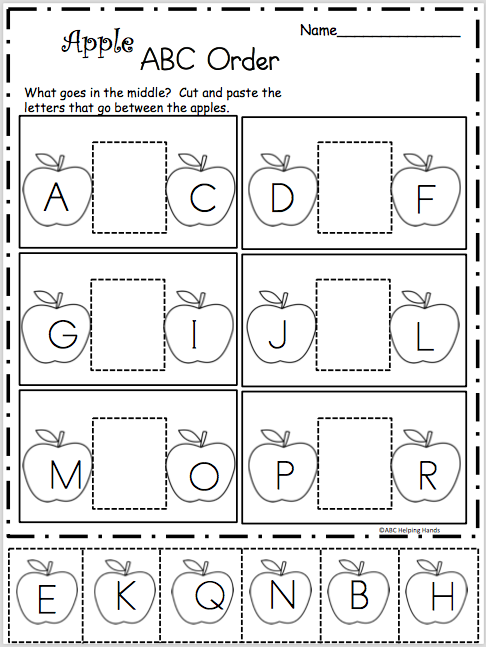
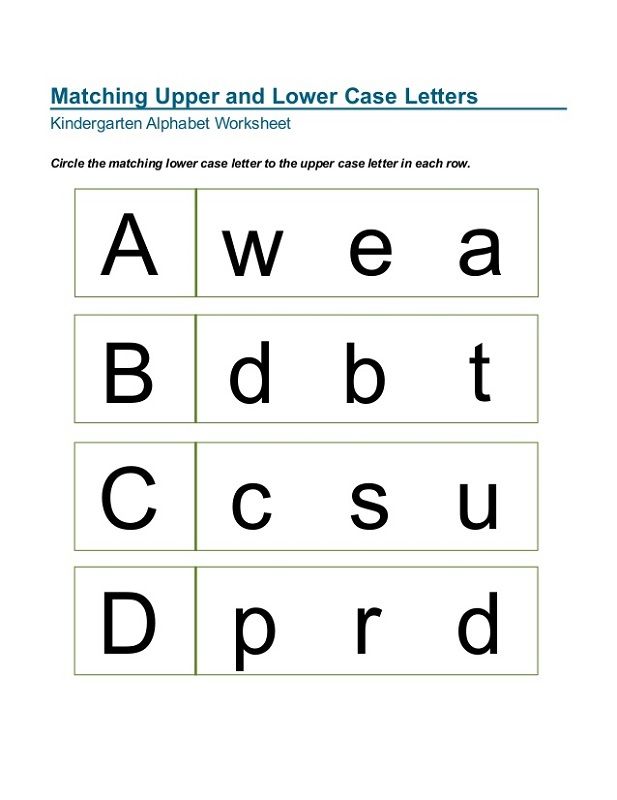
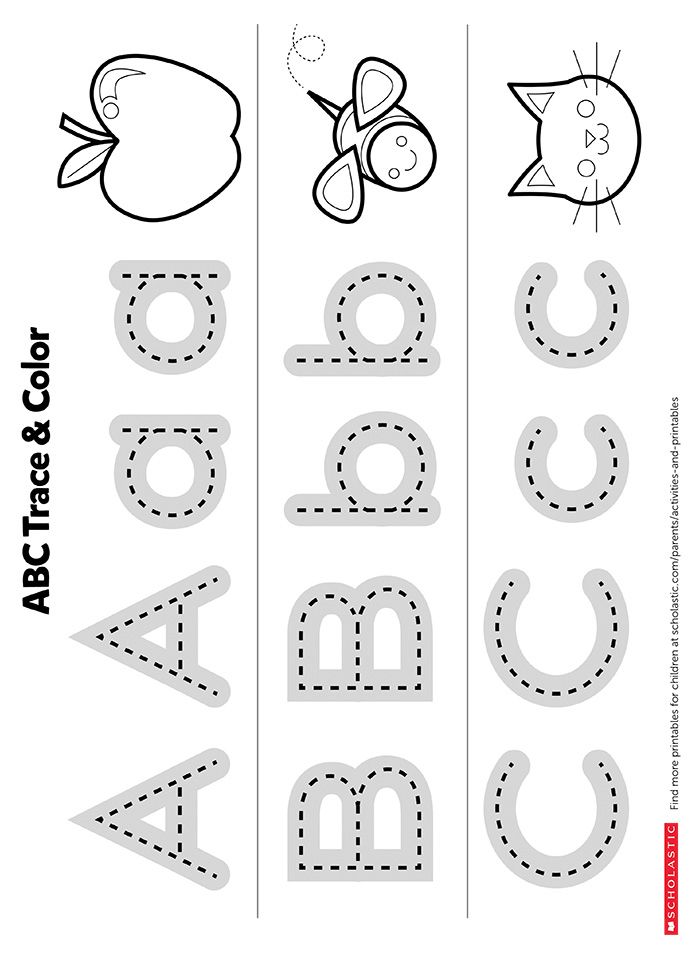
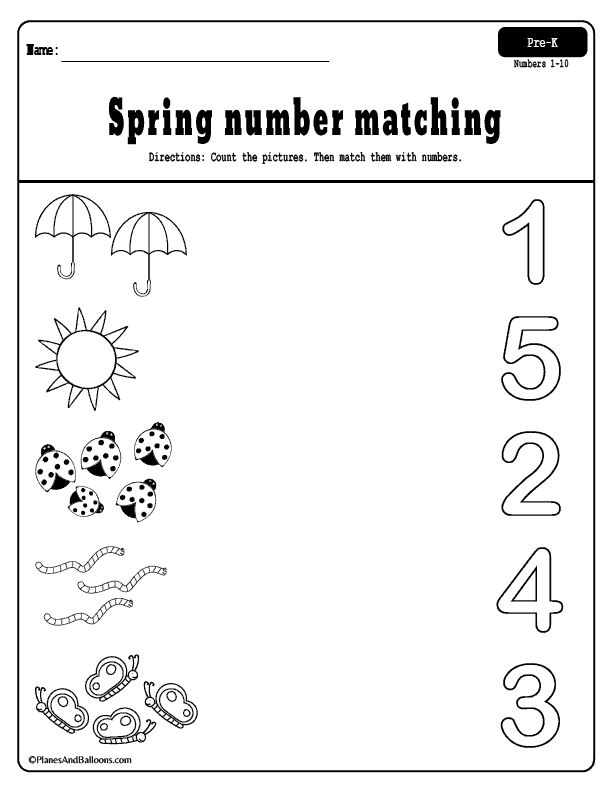
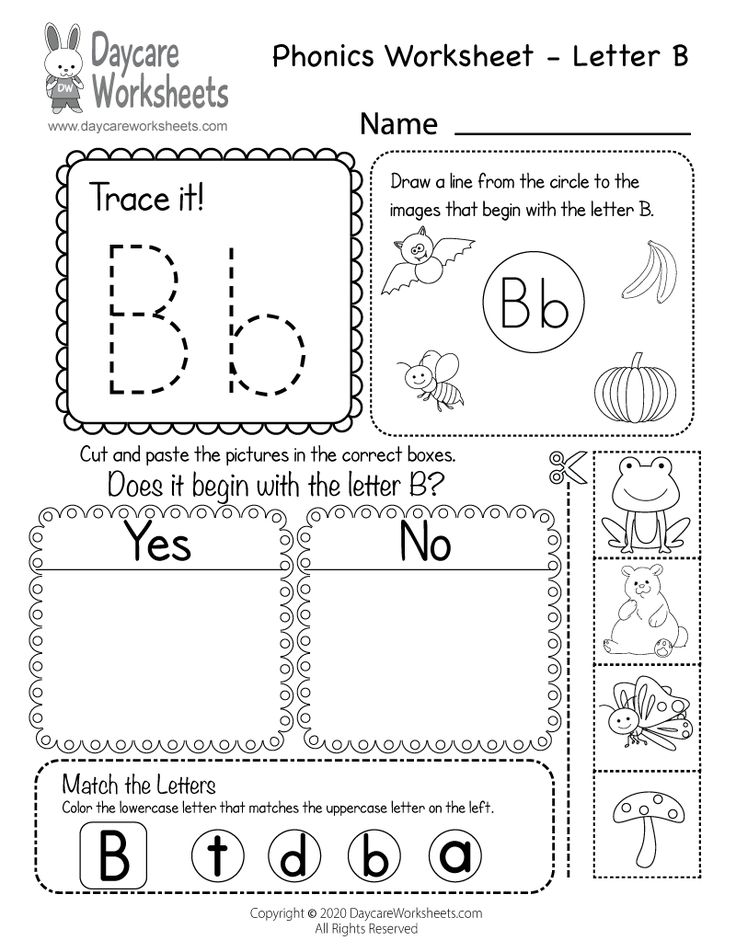
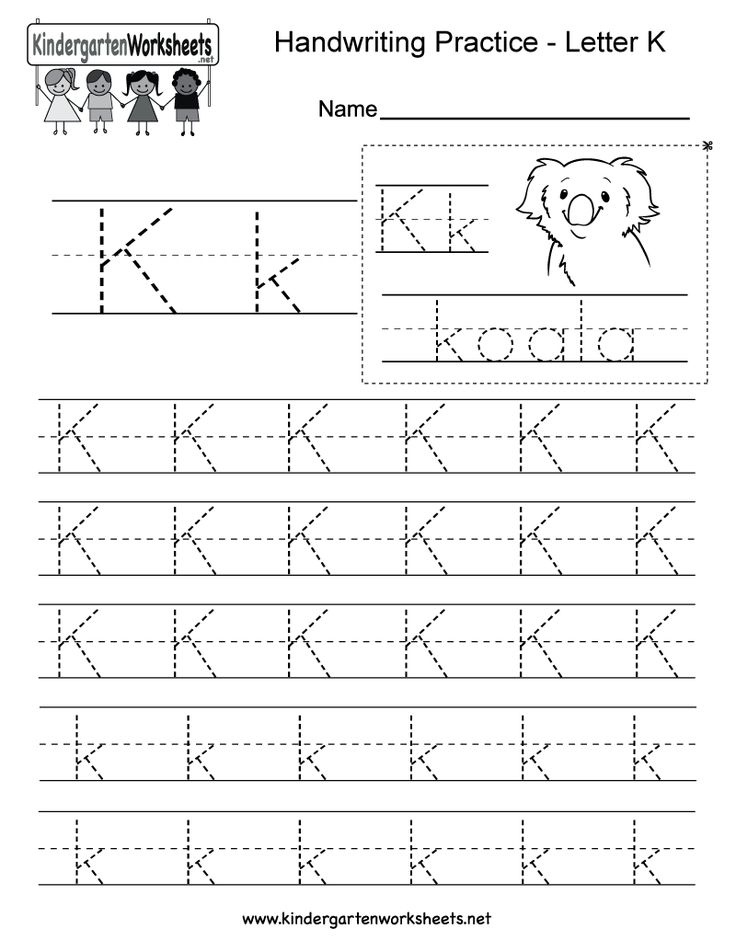
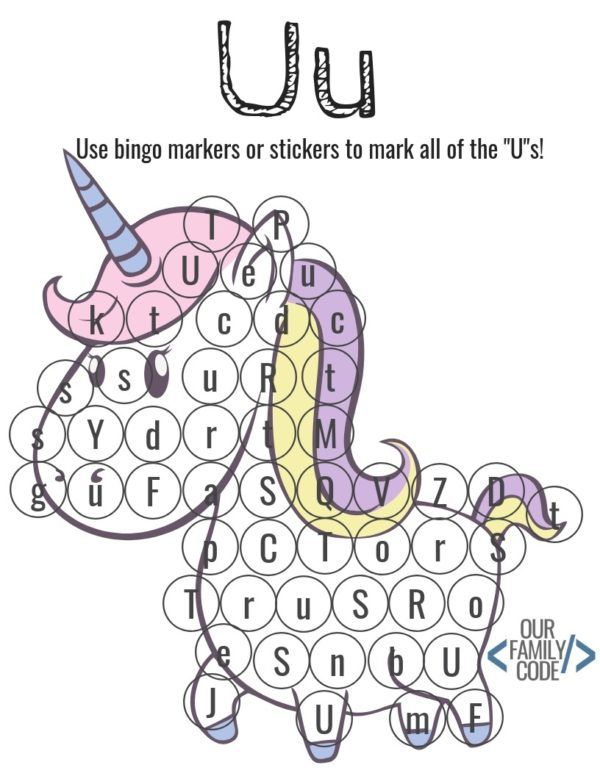
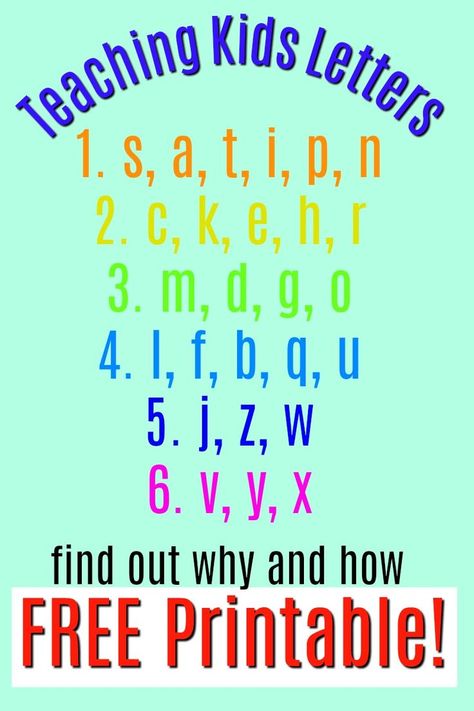
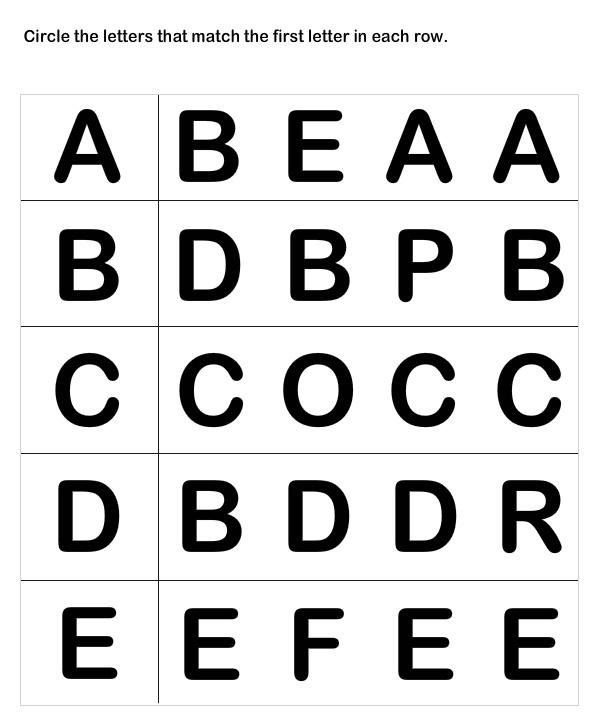 Look out the window and say: "I see something with the letter "A" outside the window. It's a bus."
Look out the window and say: "I see something with the letter "A" outside the window. It's a bus." 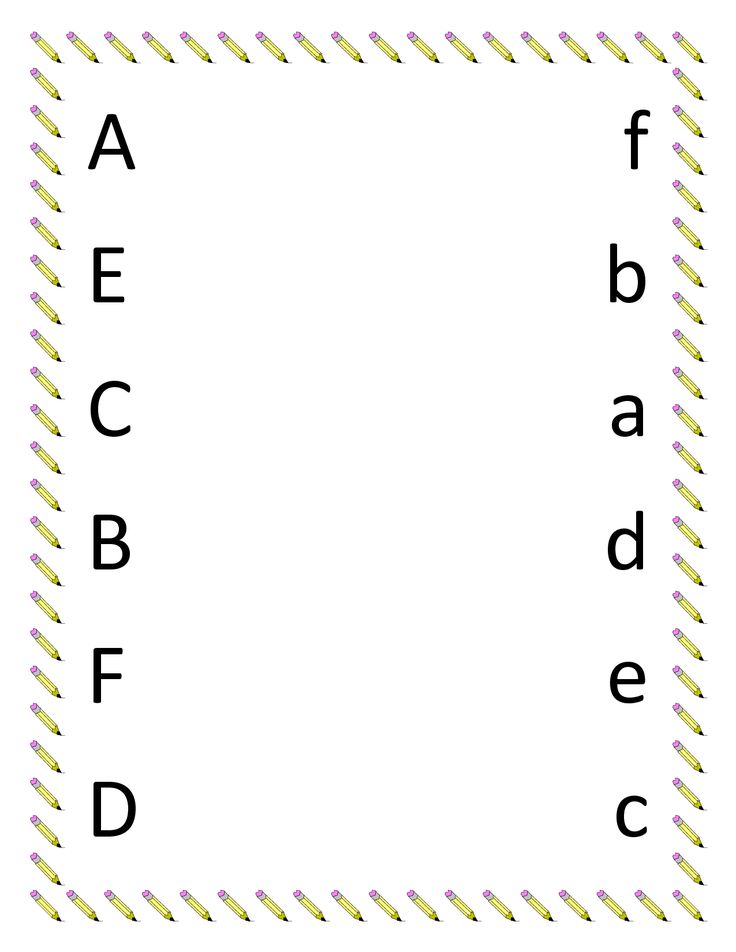 Write 5 different letters on a piece of paper. The letters should be large and spaced quite far apart.
Write 5 different letters on a piece of paper. The letters should be large and spaced quite far apart. 
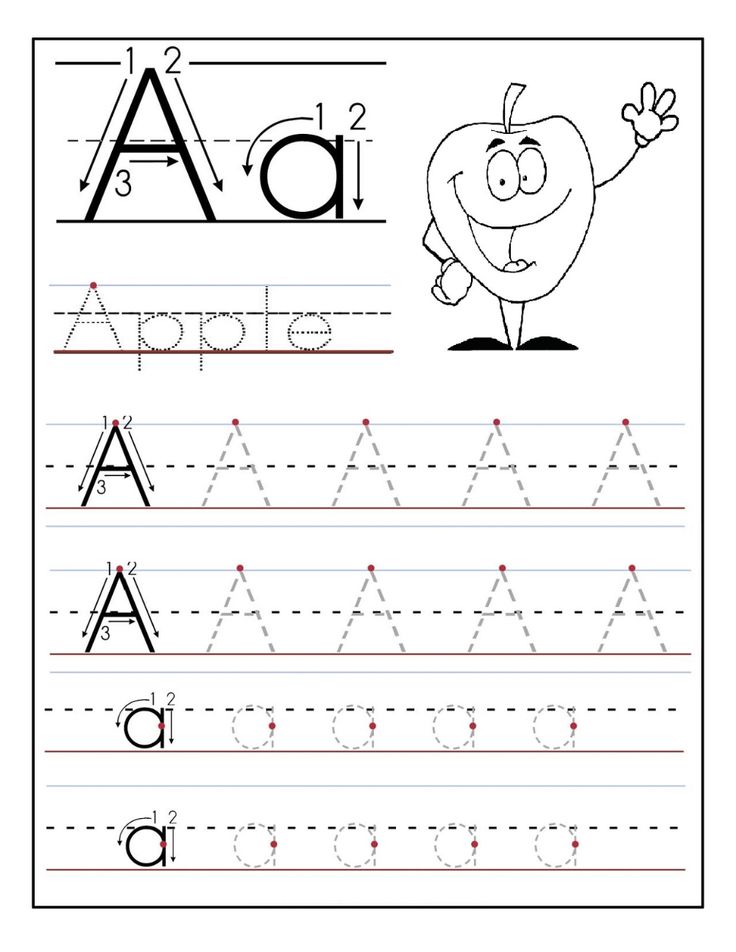 Lay out on the floor with masking tape the letter your child has just learned.
Lay out on the floor with masking tape the letter your child has just learned. 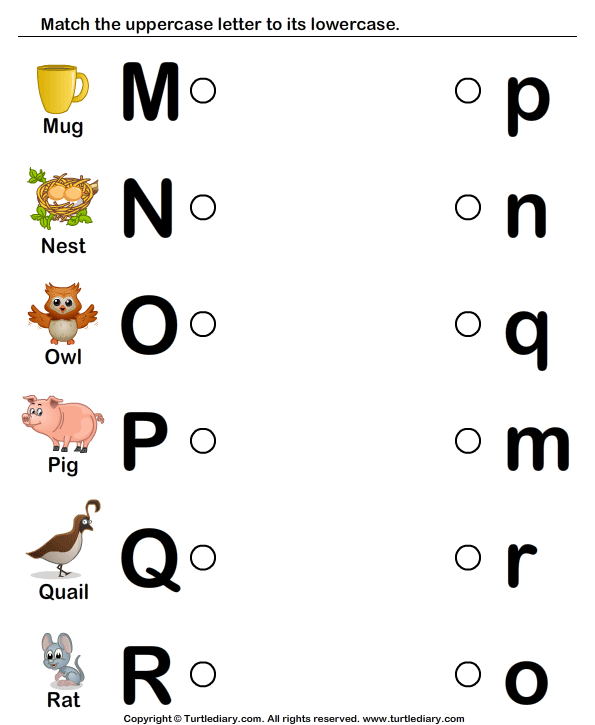
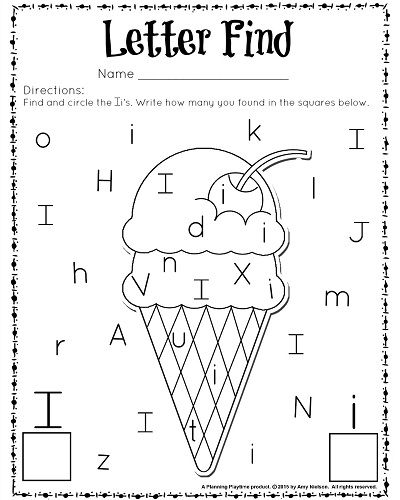 Information is remembered better and faster if it is accompanied by some actions. Use this rule when learning the alphabet.
Information is remembered better and faster if it is accompanied by some actions. Use this rule when learning the alphabet. 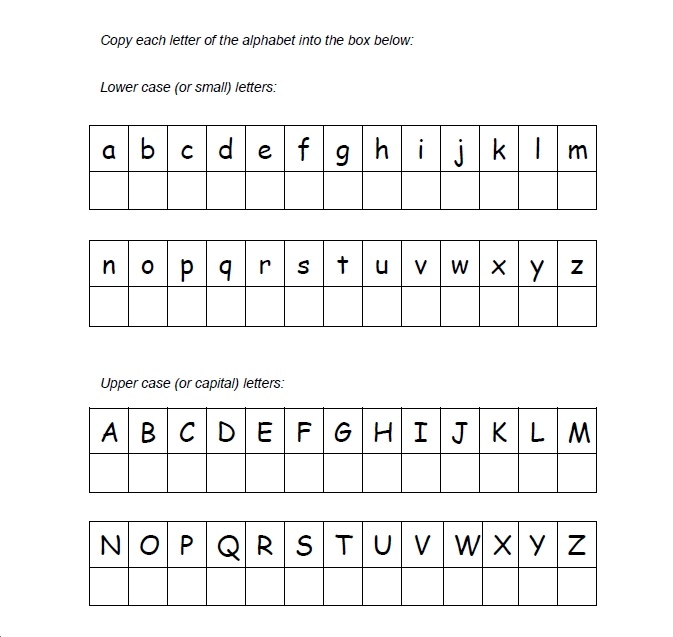
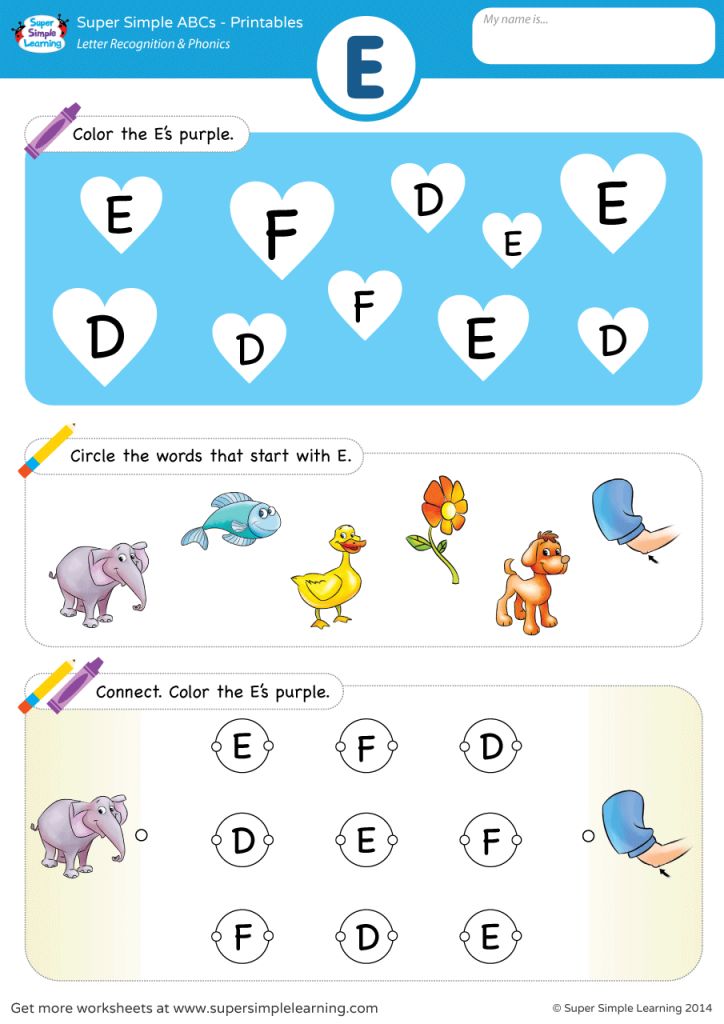
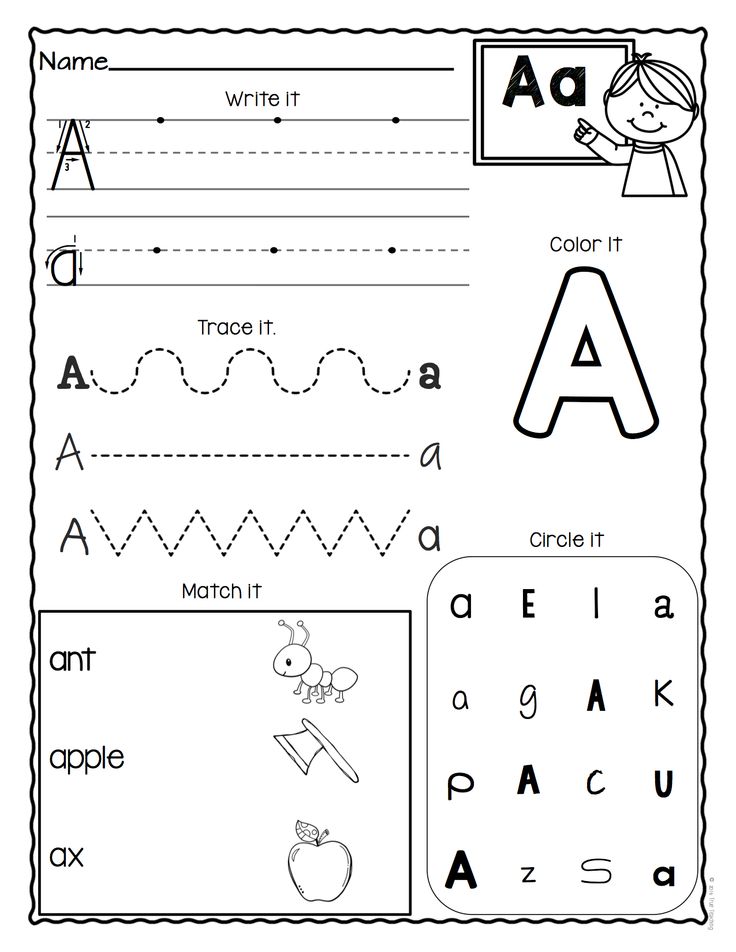 Explain to your child what symmetry is. Explain that many things in nature are symmetrical, such as butterfly wings.
Explain to your child what symmetry is. Explain that many things in nature are symmetrical, such as butterfly wings. 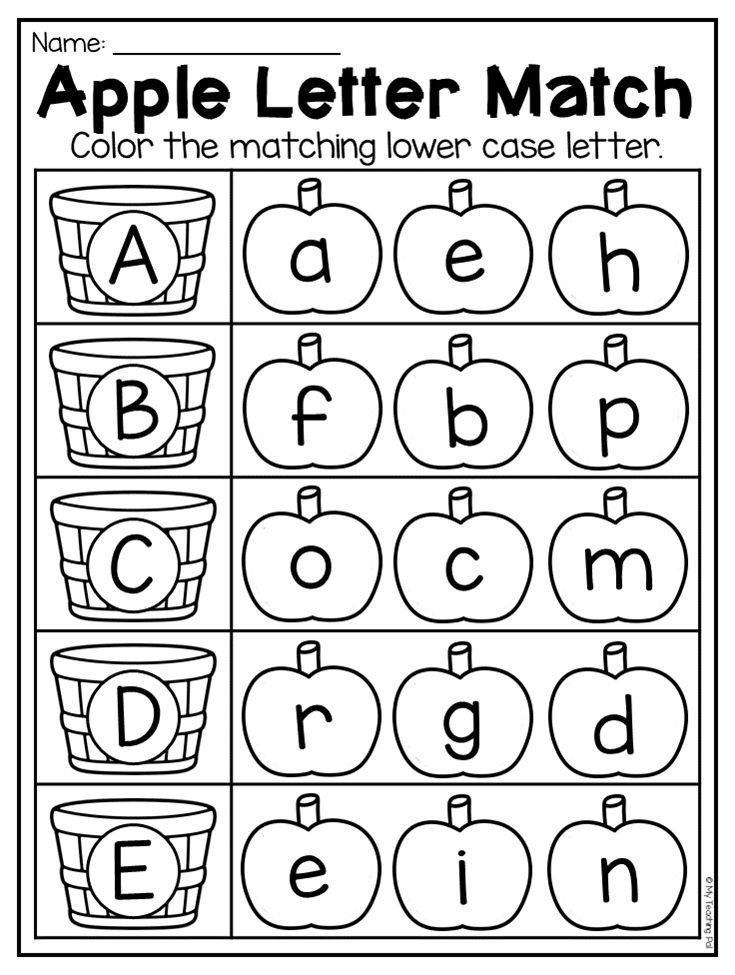
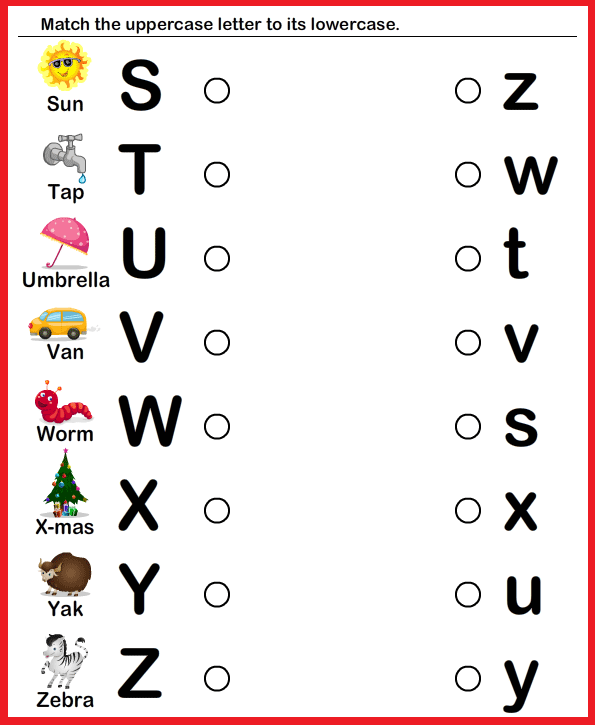 For example, let Vika bring grapes, and Masha - carrots. And so on.
For example, let Vika bring grapes, and Masha - carrots. And so on.  This game promotes the development of phonemic skills and teaches children to identify the initial sounds of words by ear.
This game promotes the development of phonemic skills and teaches children to identify the initial sounds of words by ear. 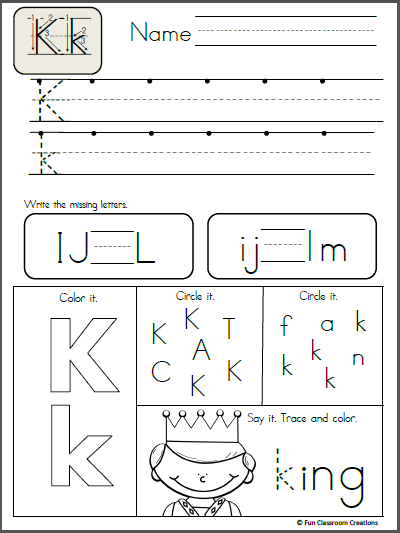
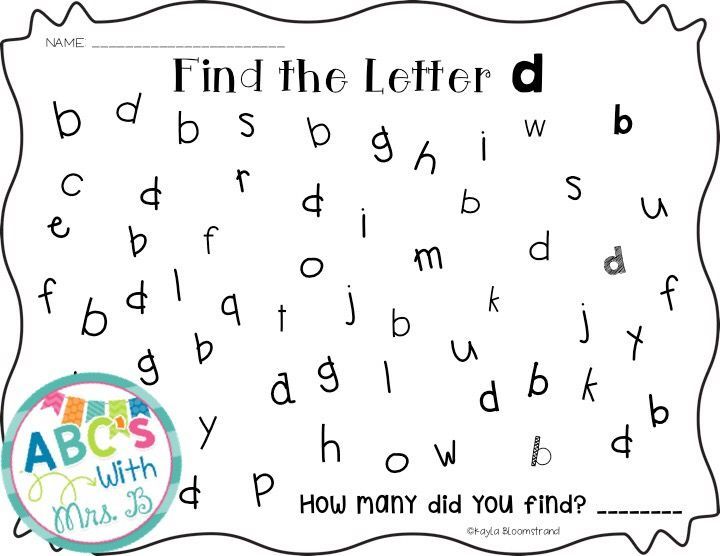
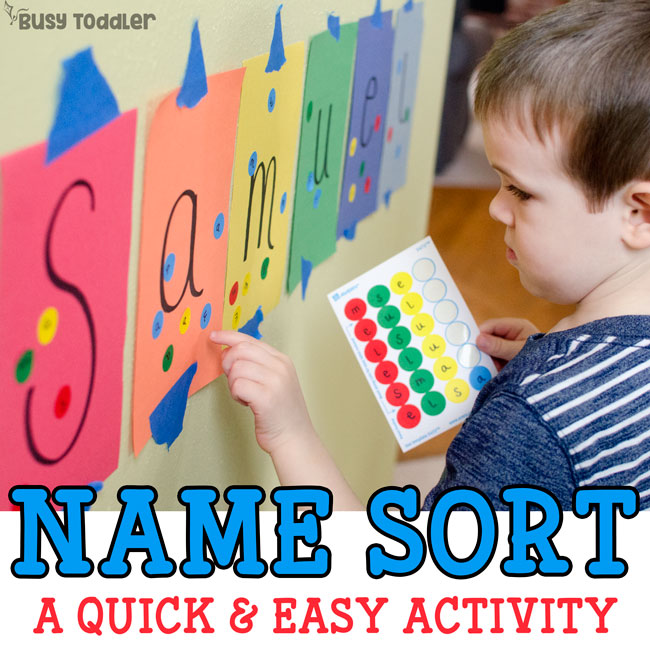
 Stop the music and ask each pair of children to make a sentence starting with the letters on the cards.
Stop the music and ask each pair of children to make a sentence starting with the letters on the cards. 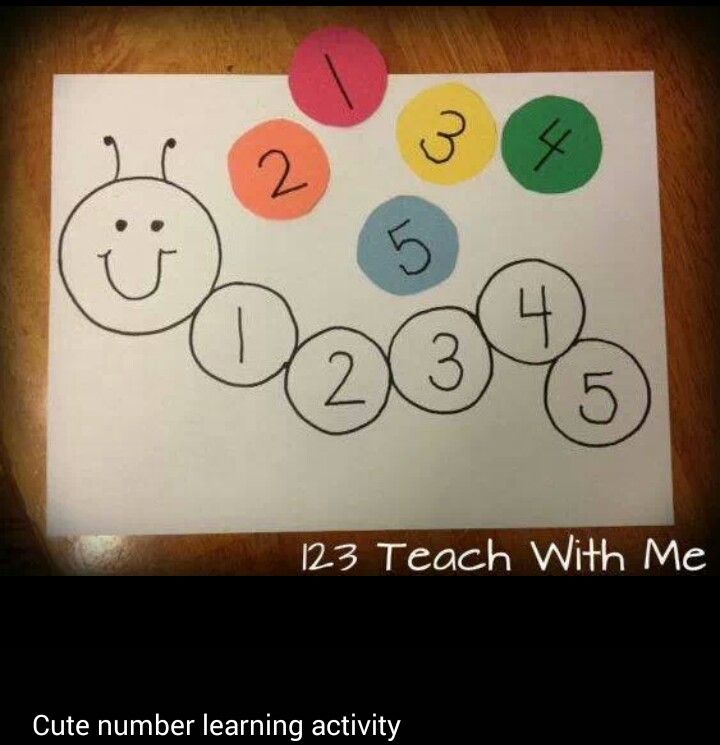 Glue the pocket from two strips of paper.
Glue the pocket from two strips of paper. 